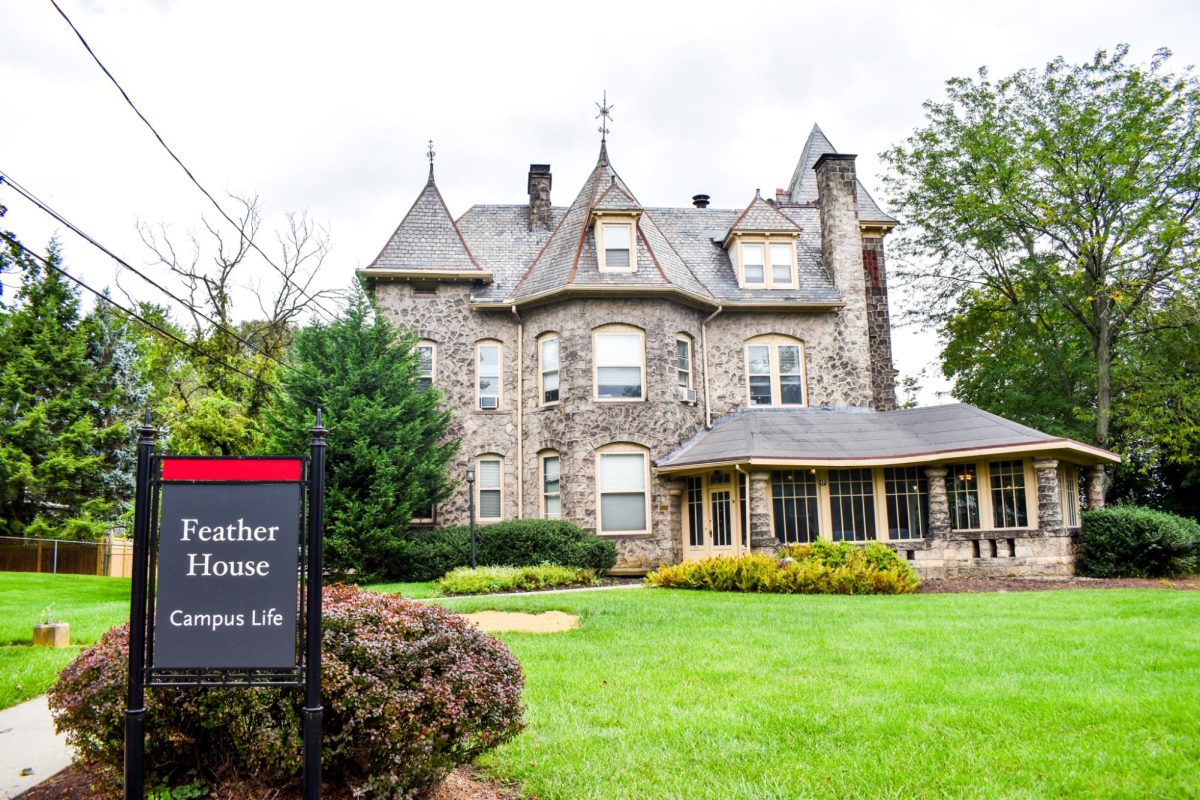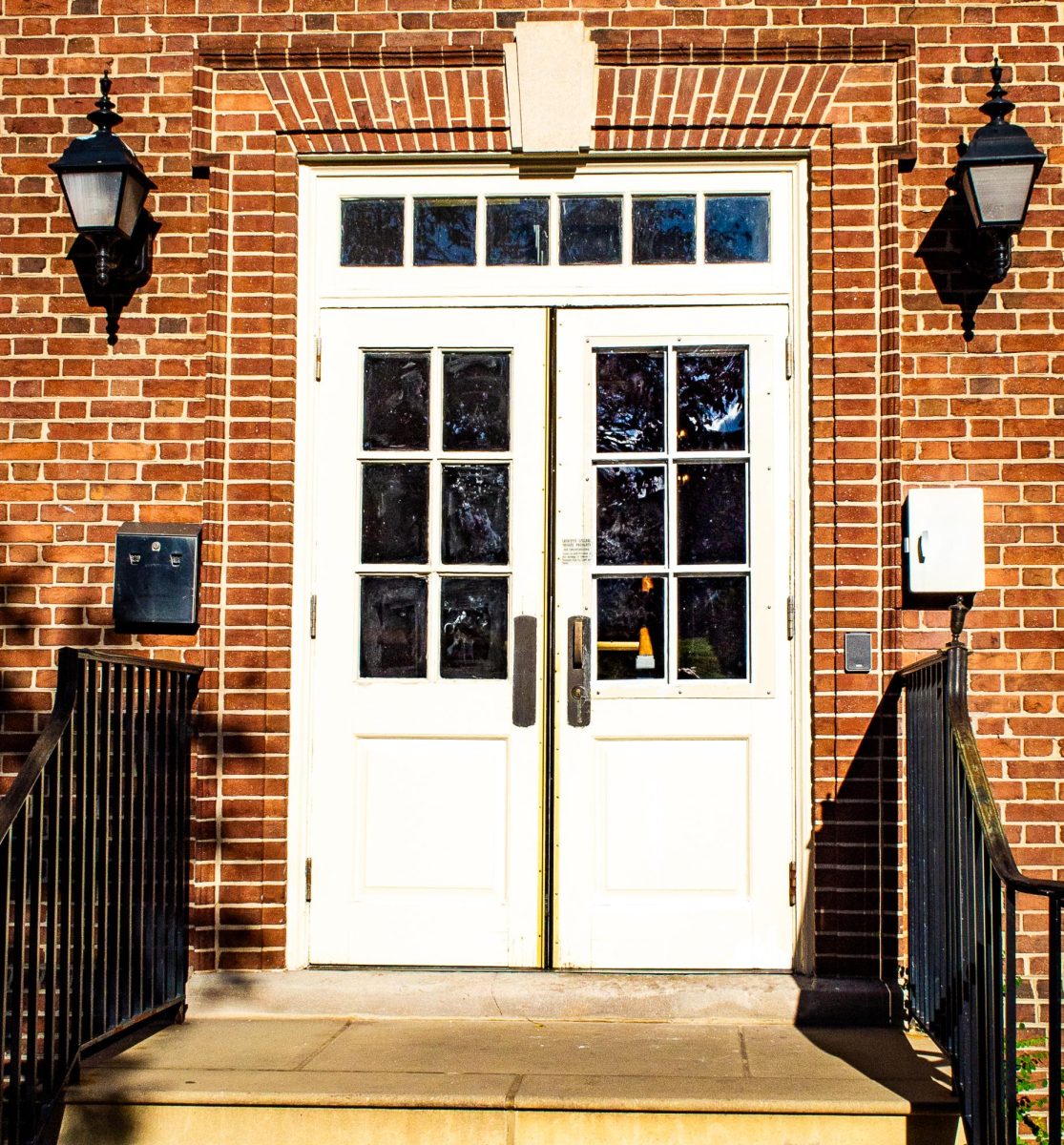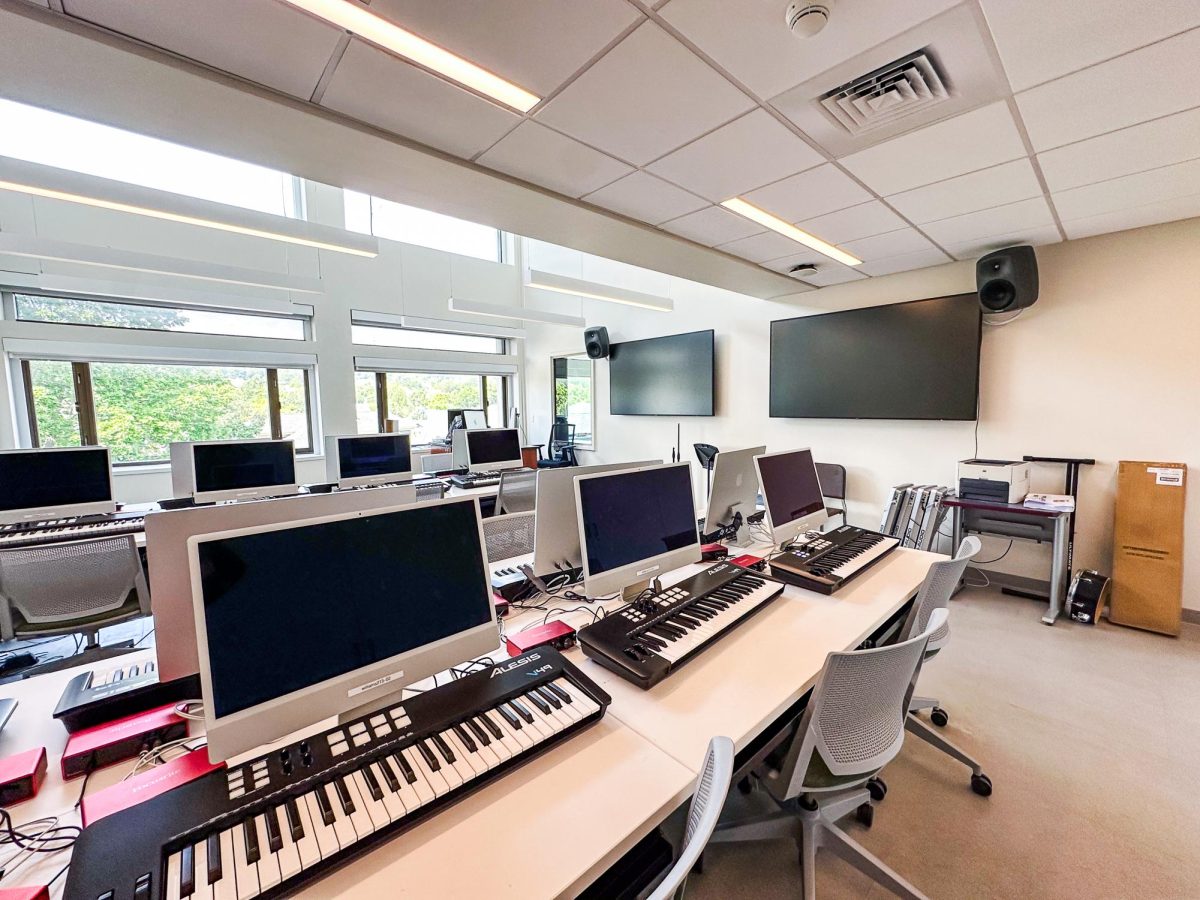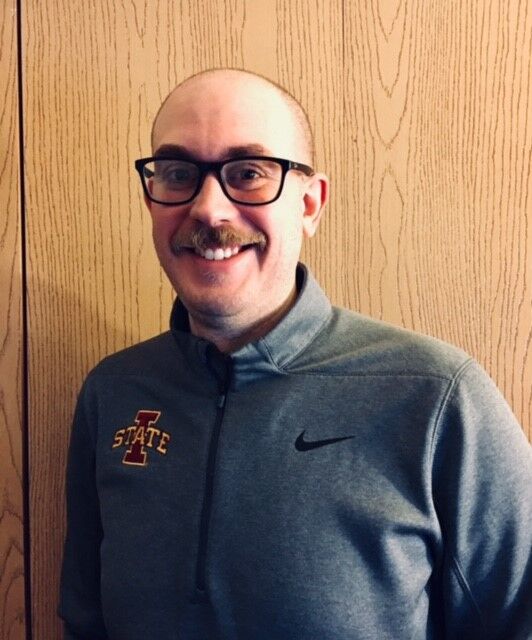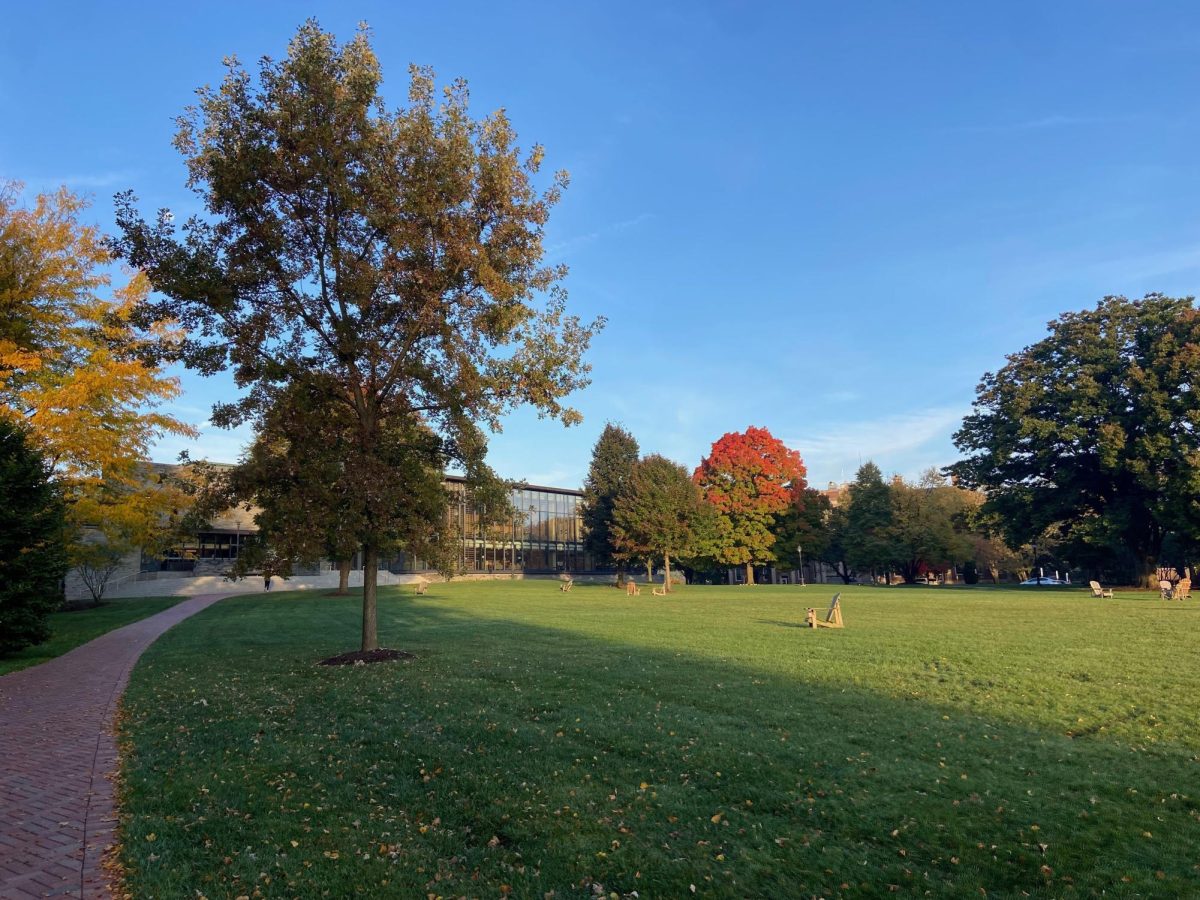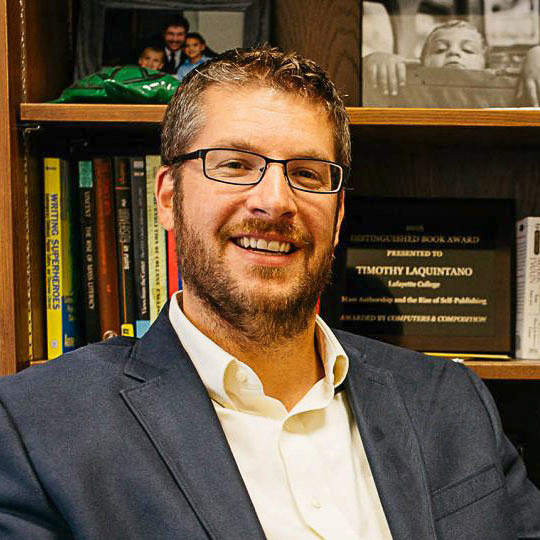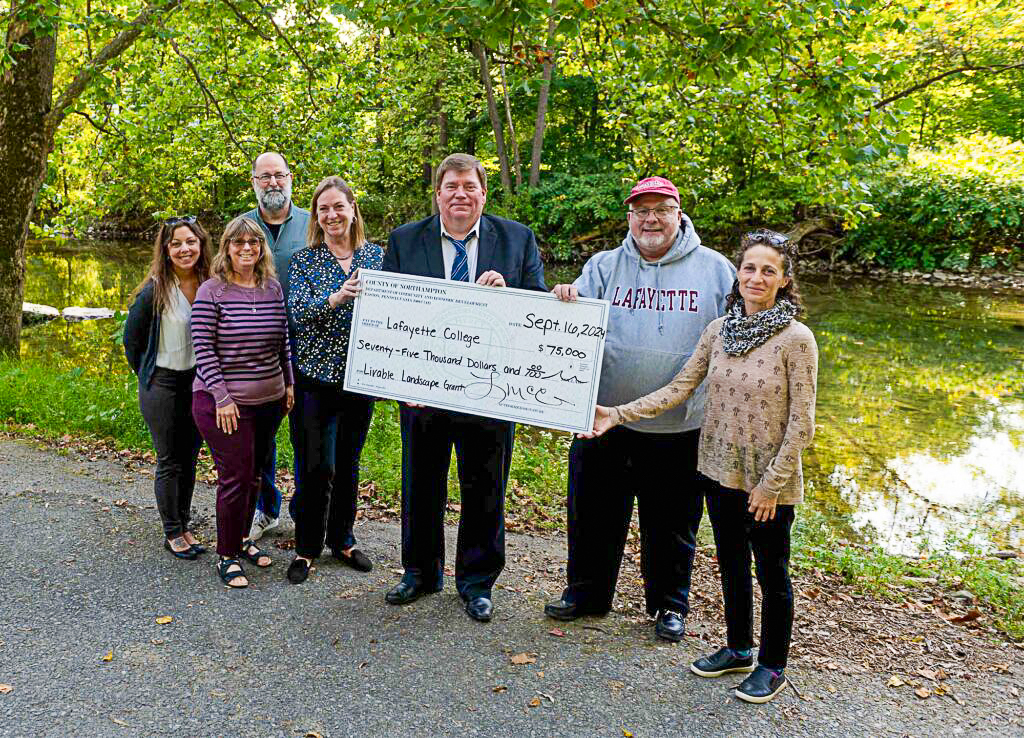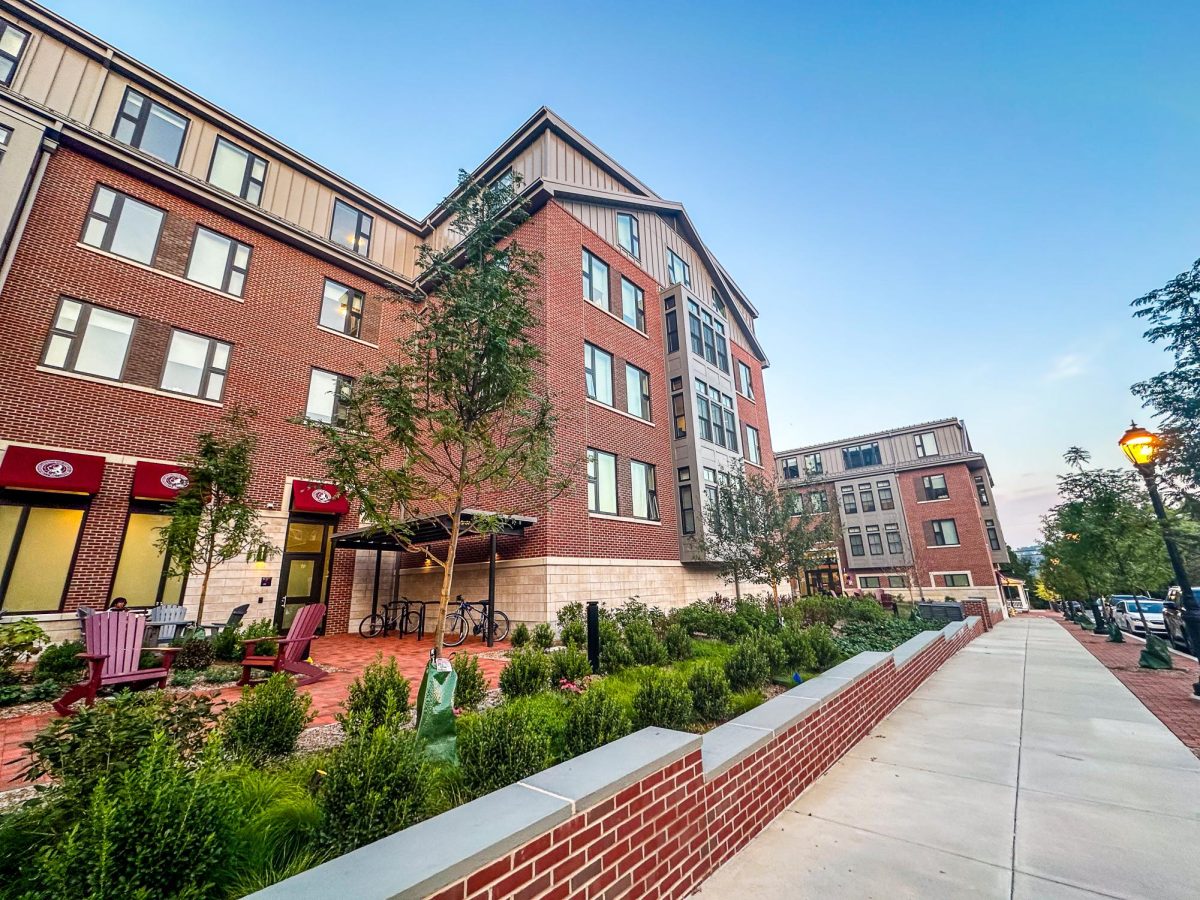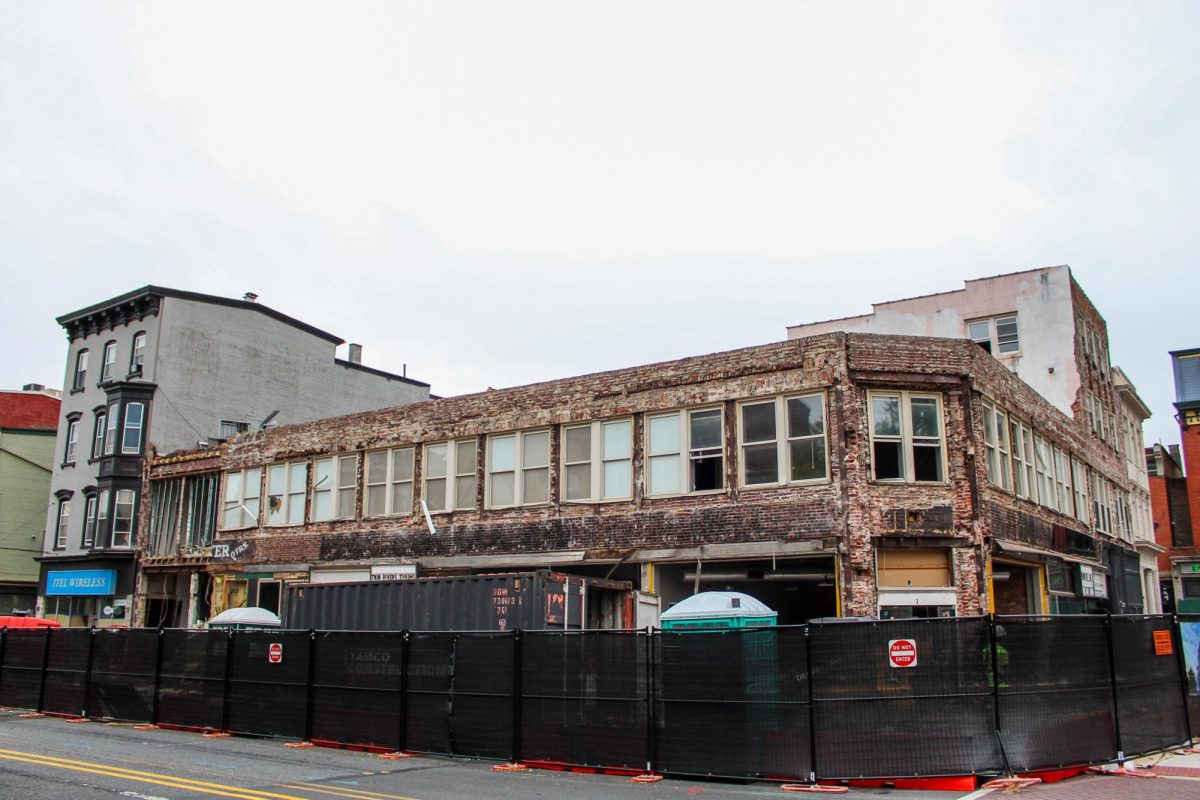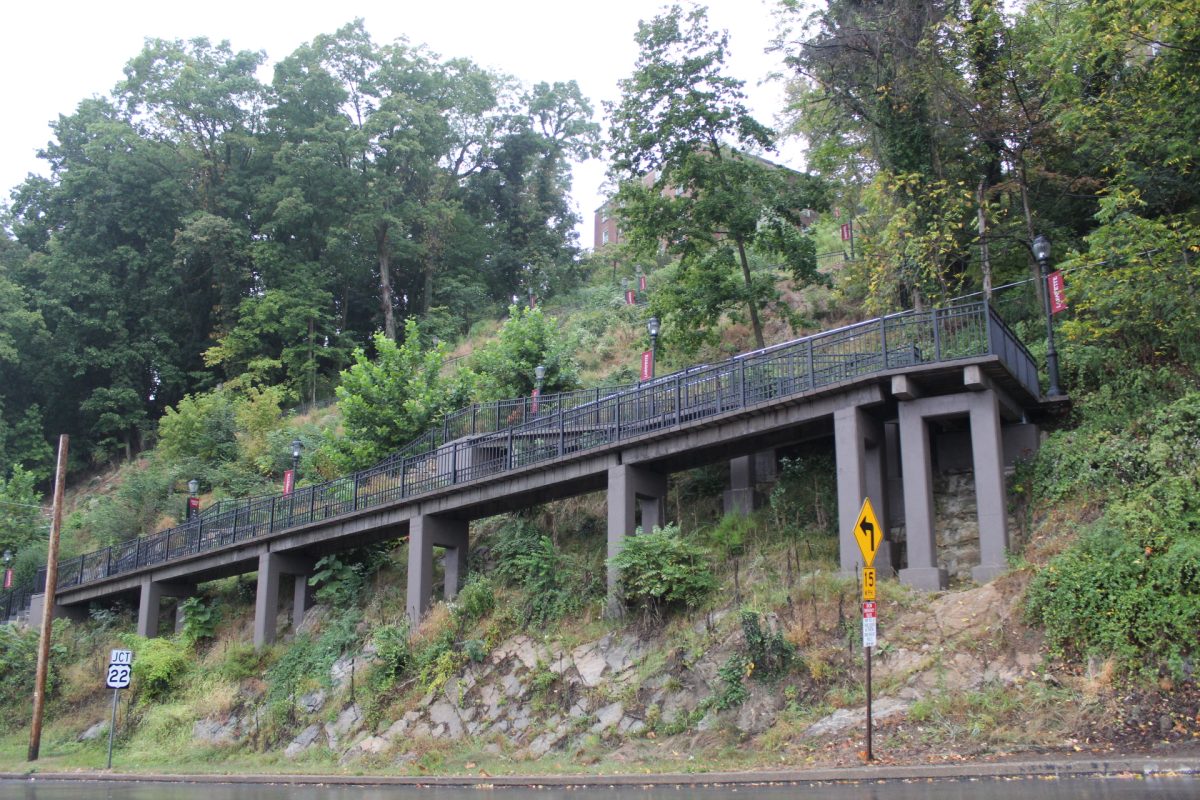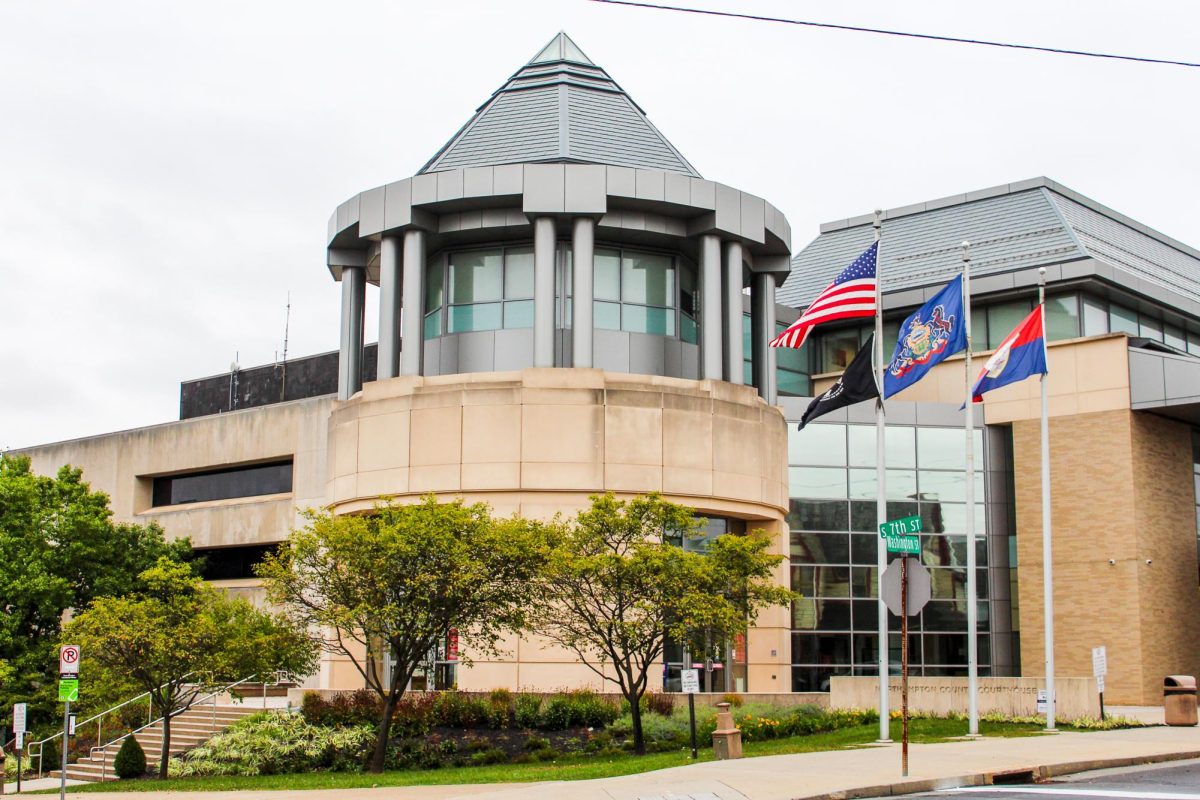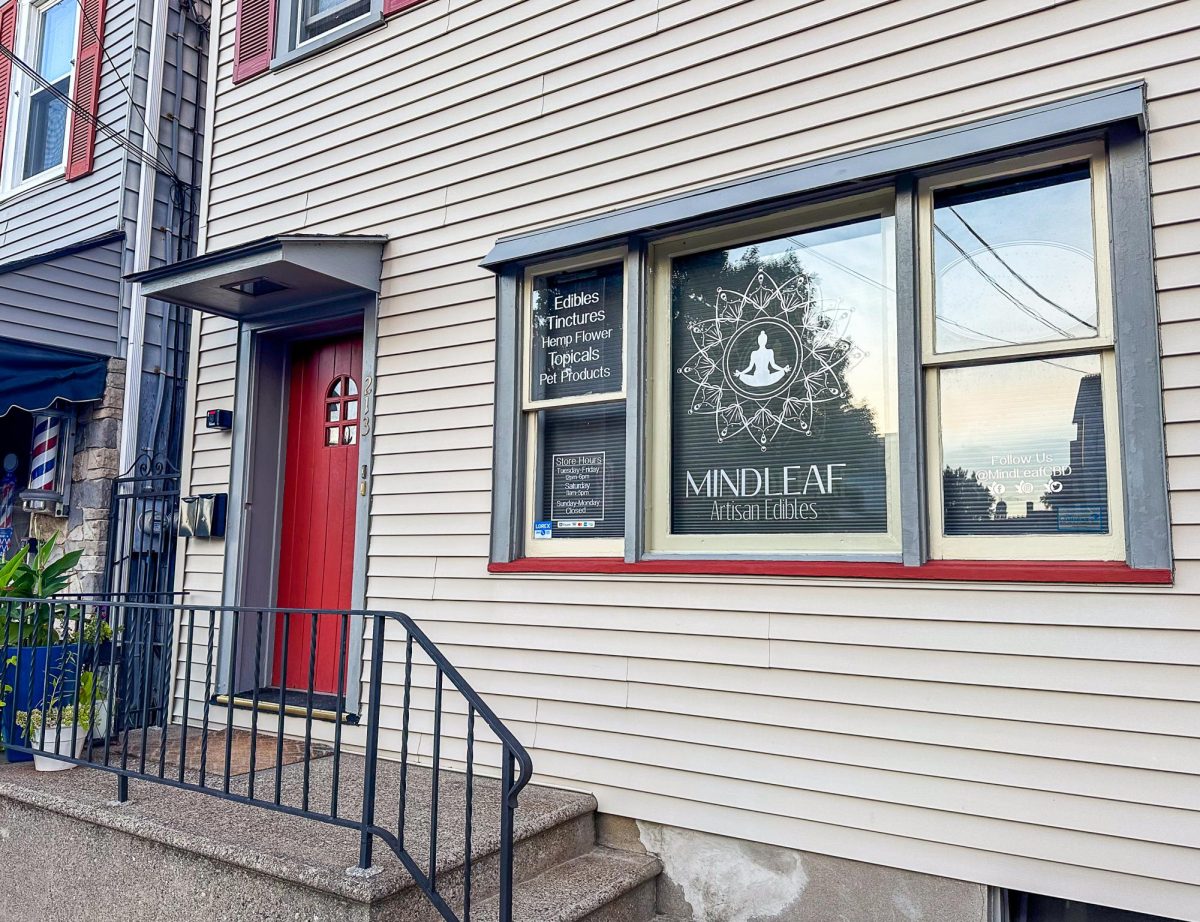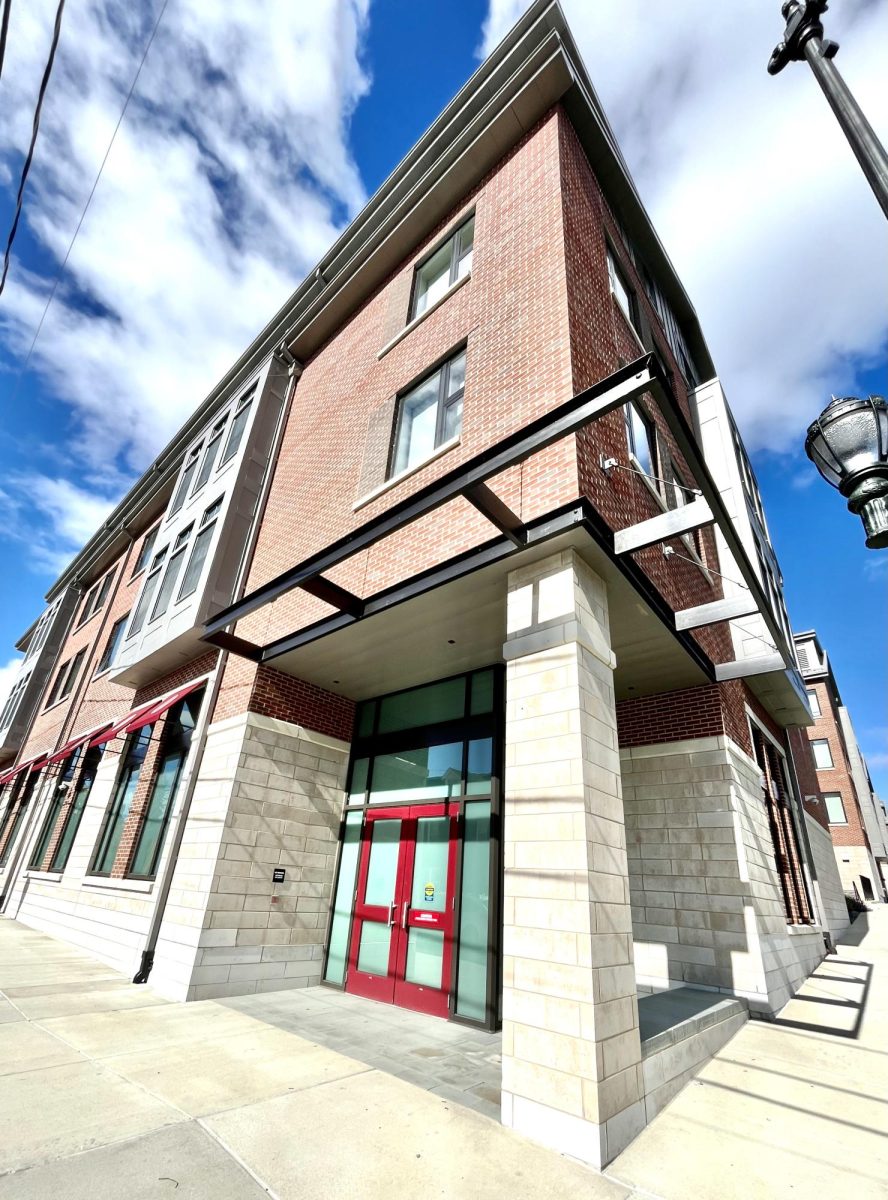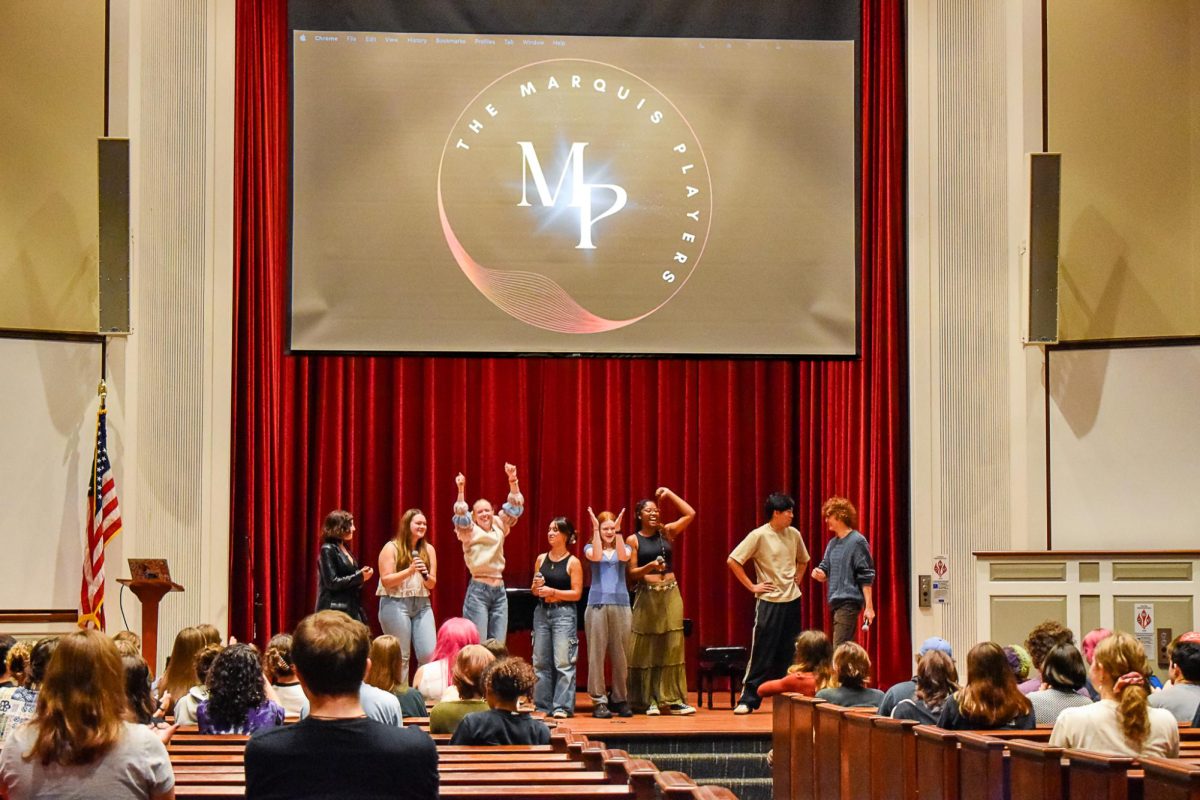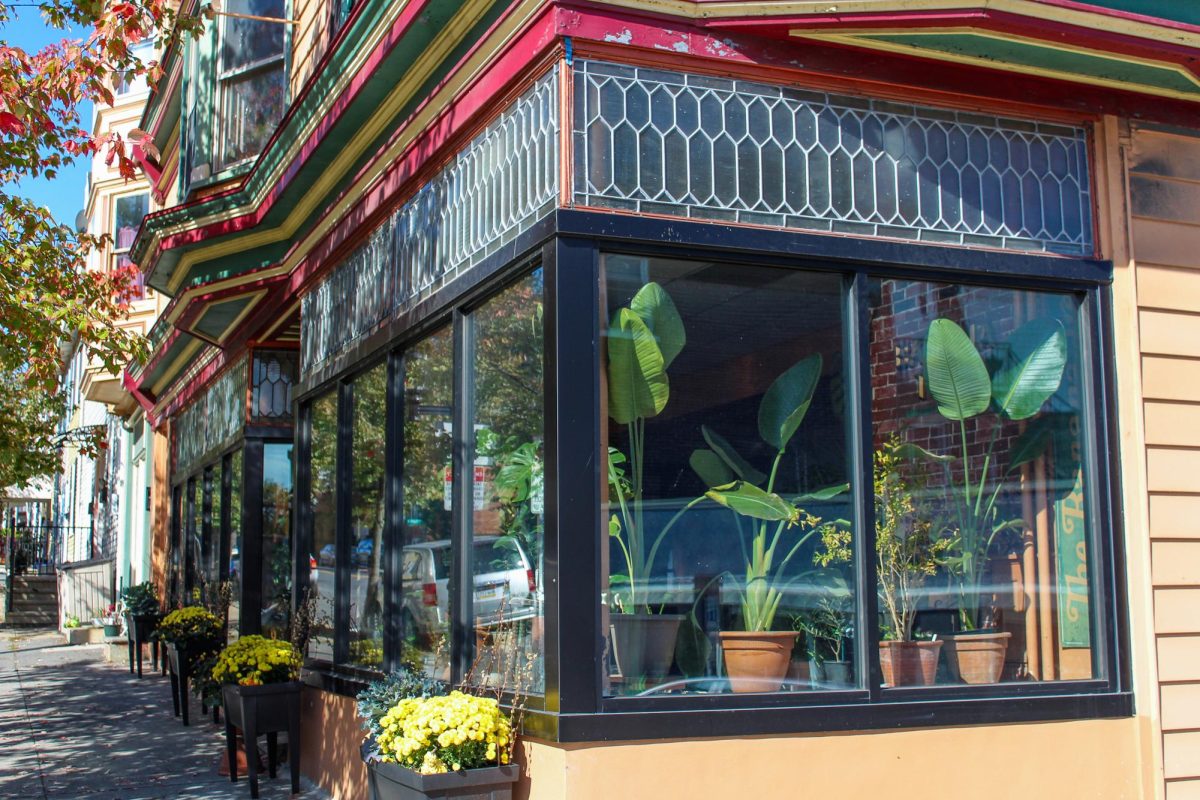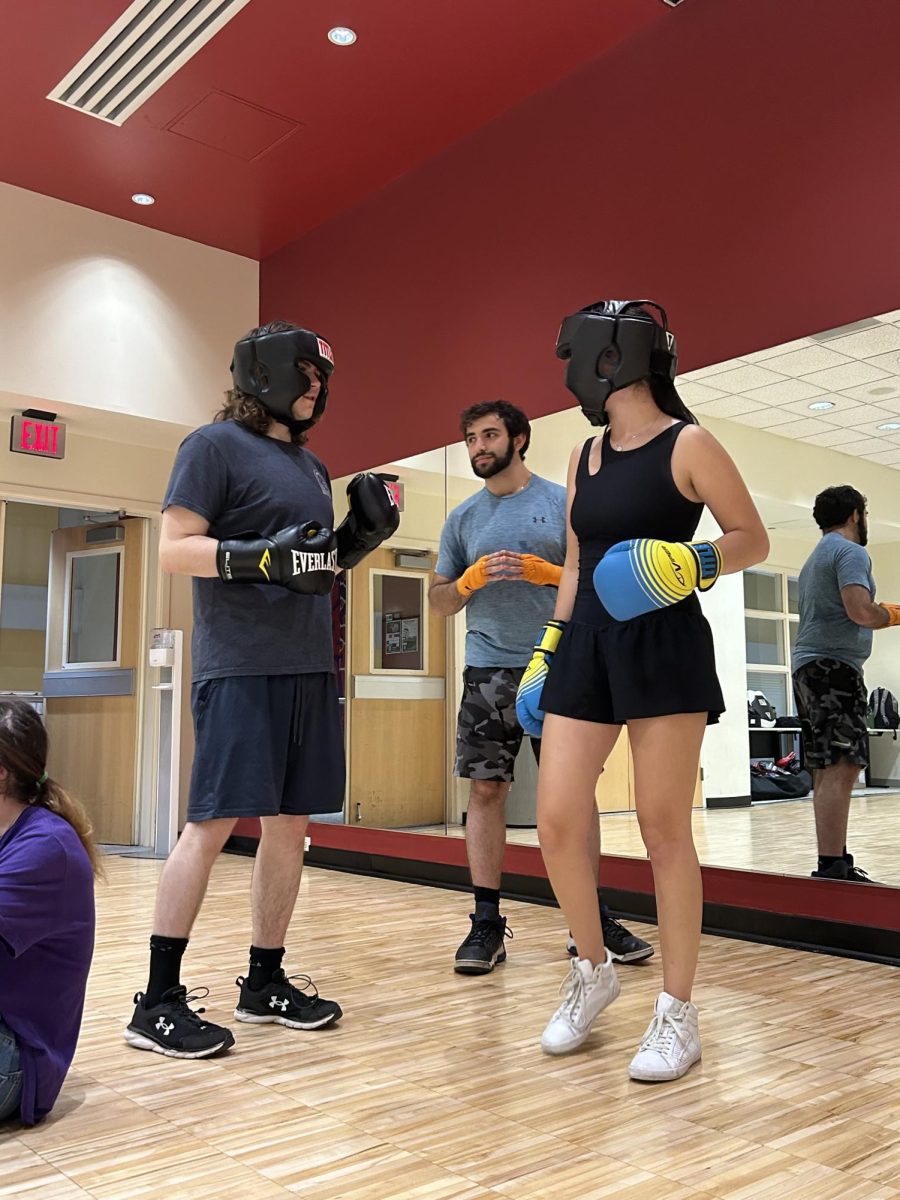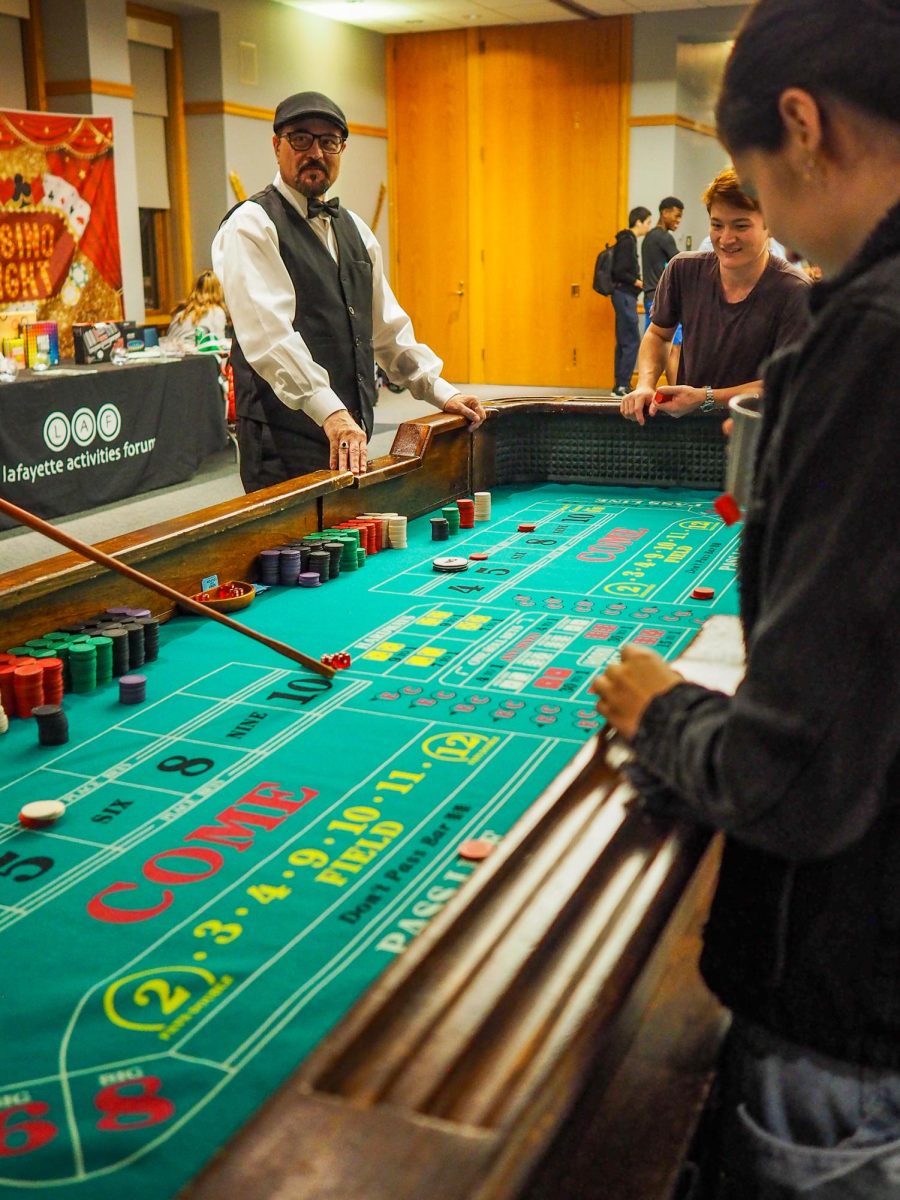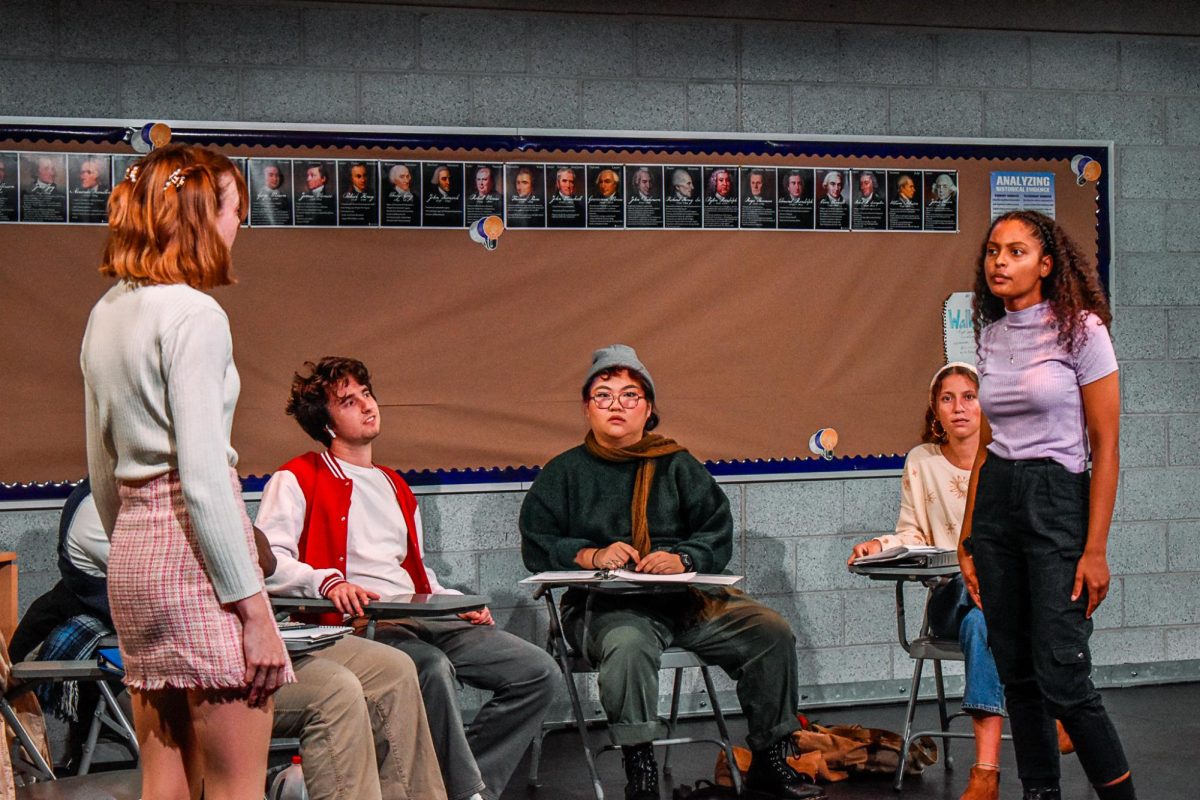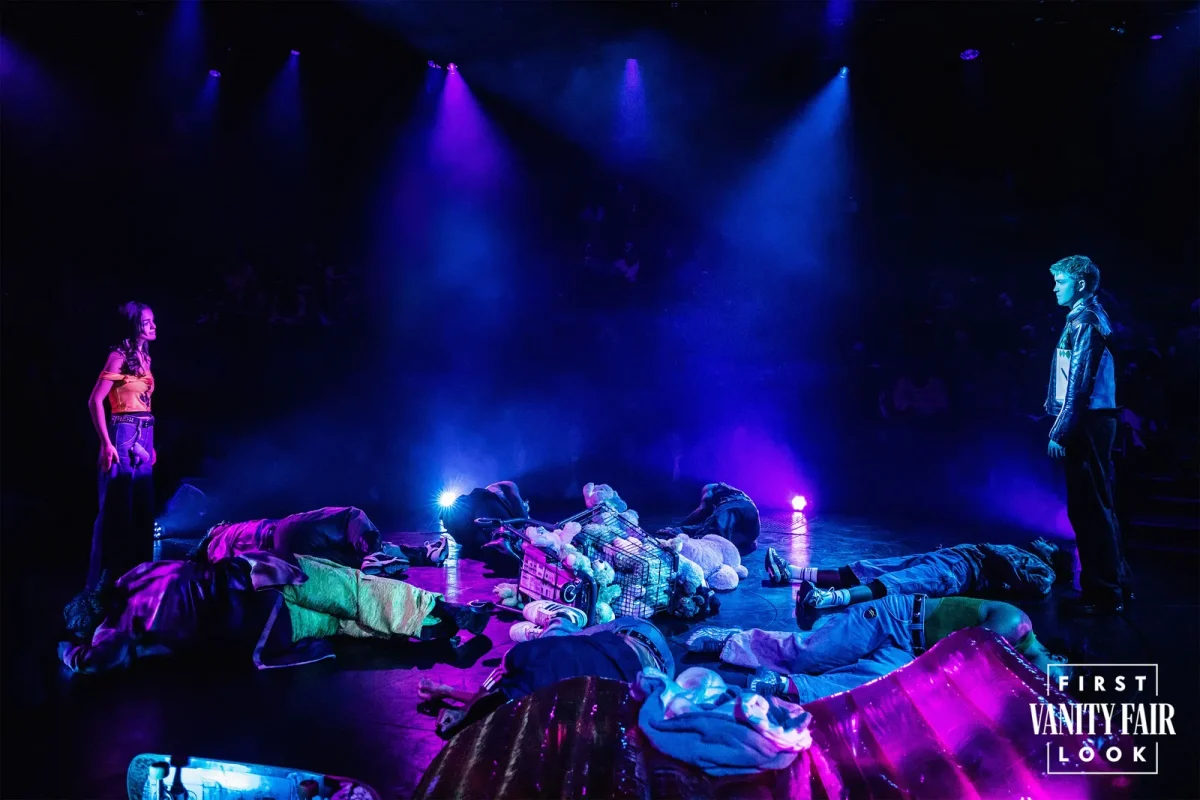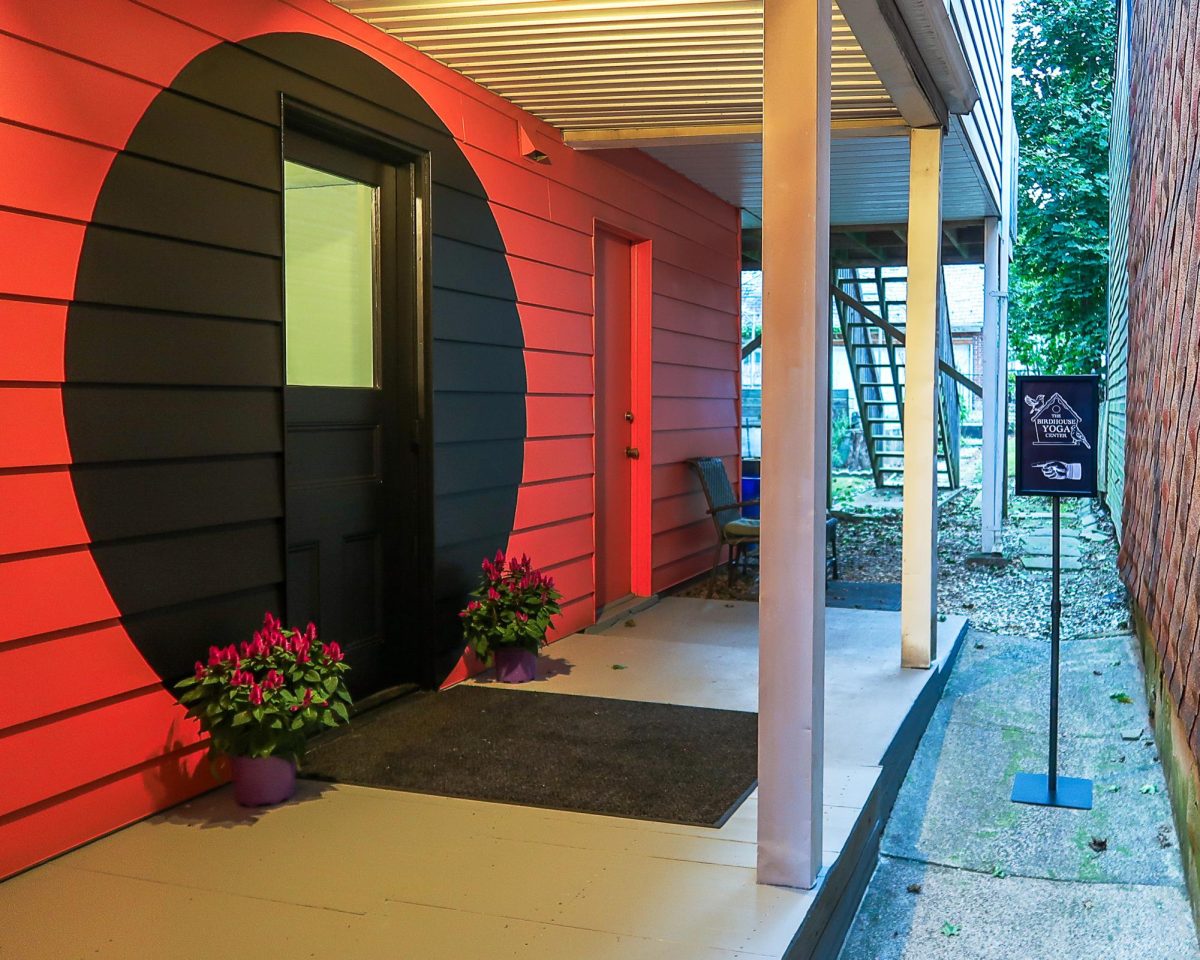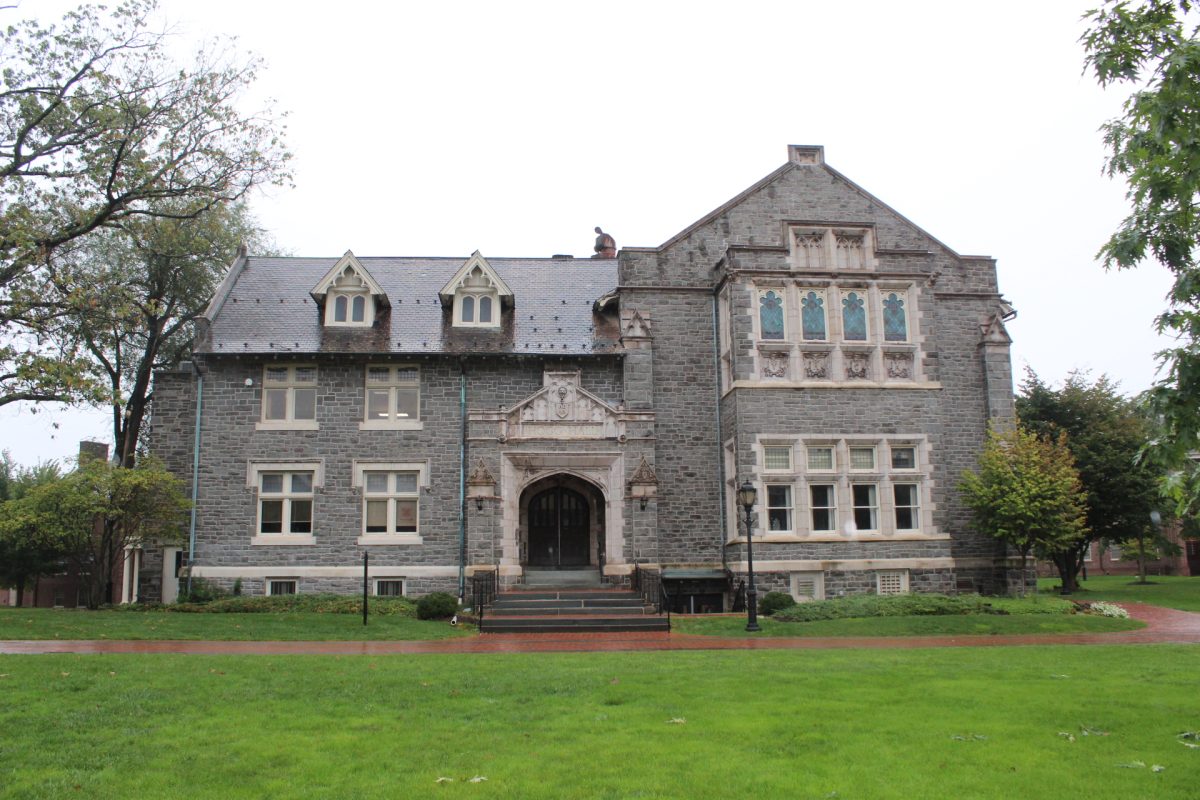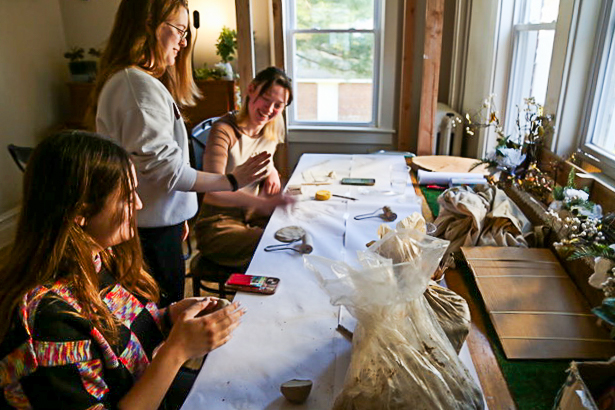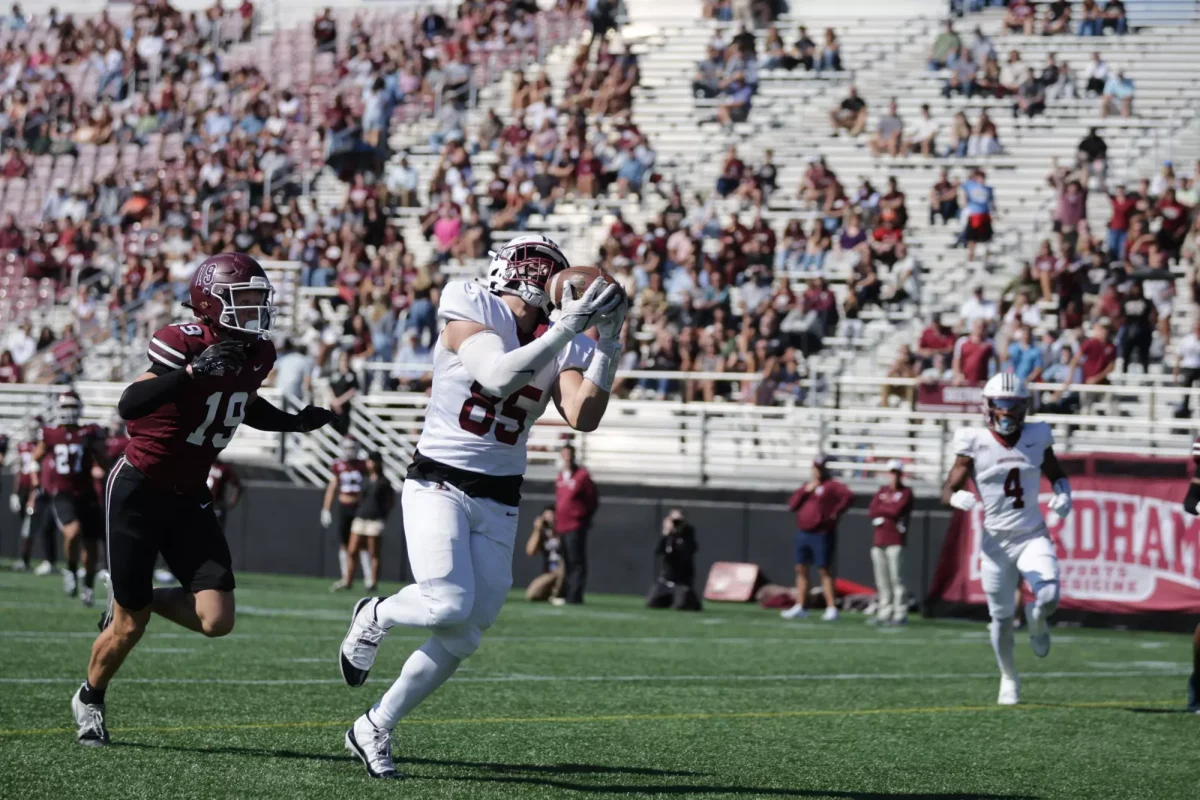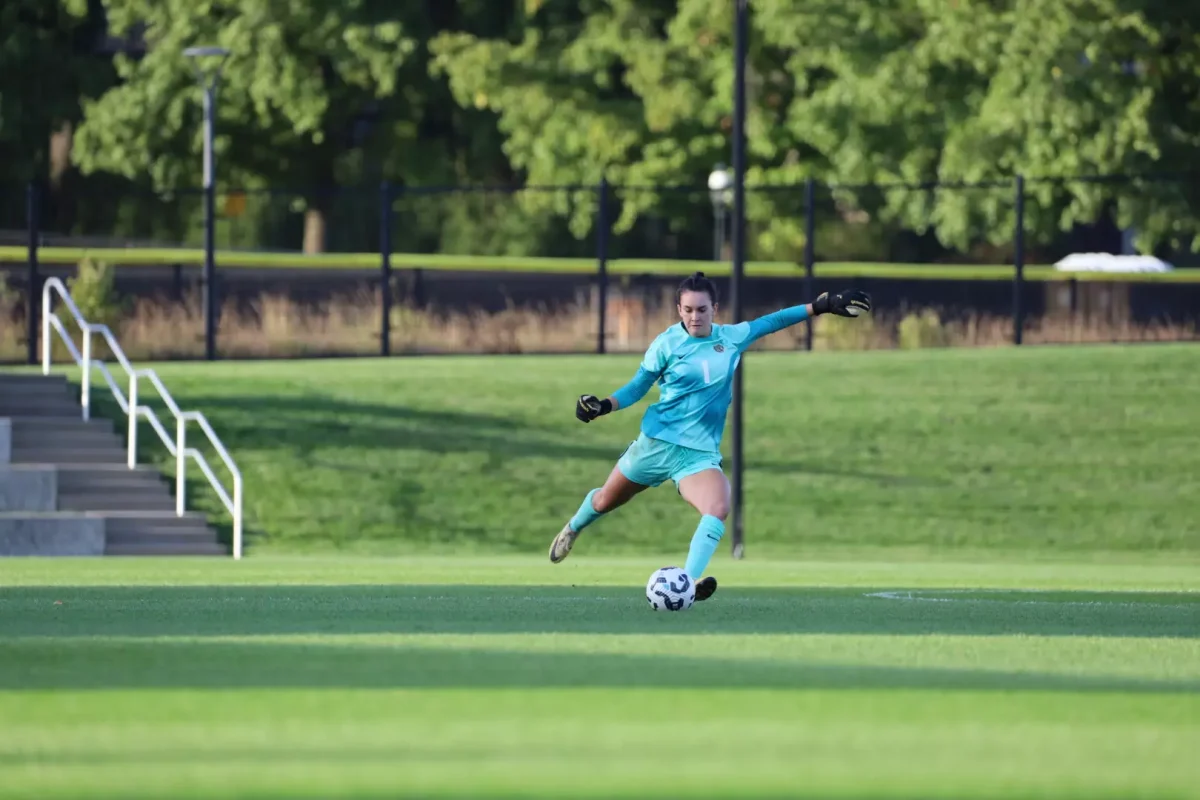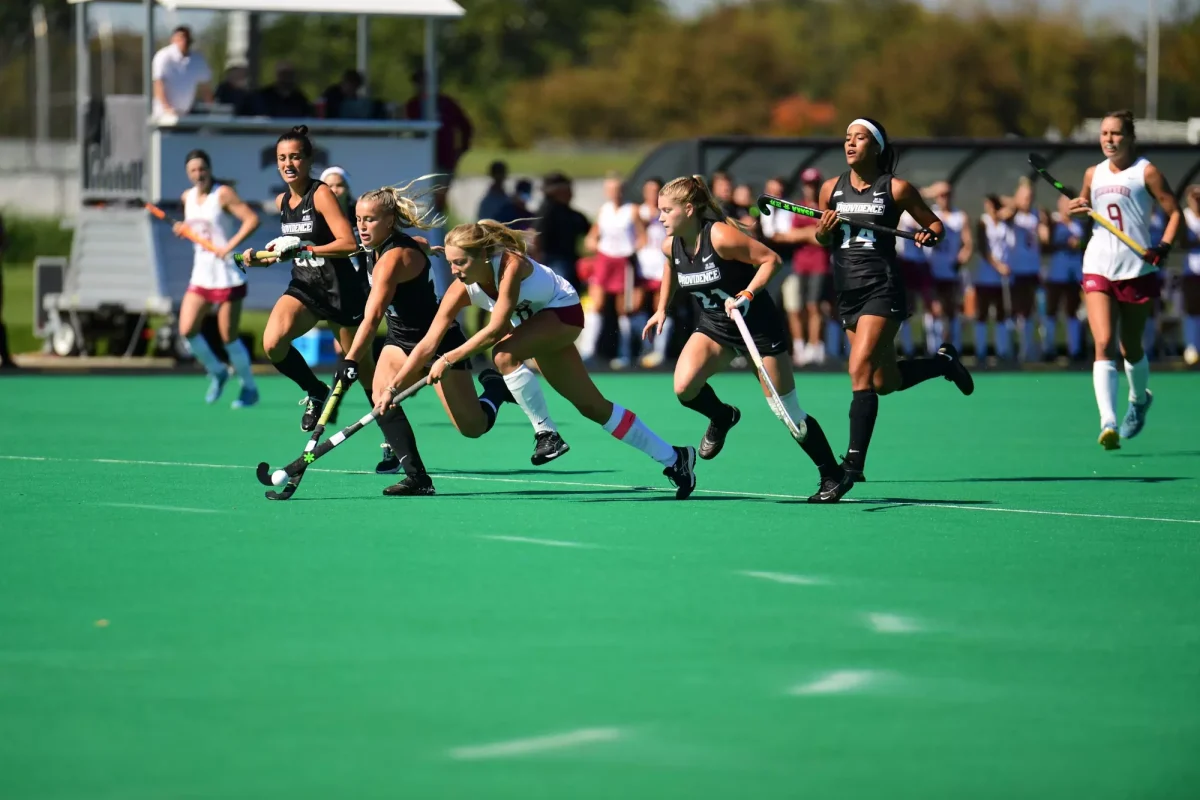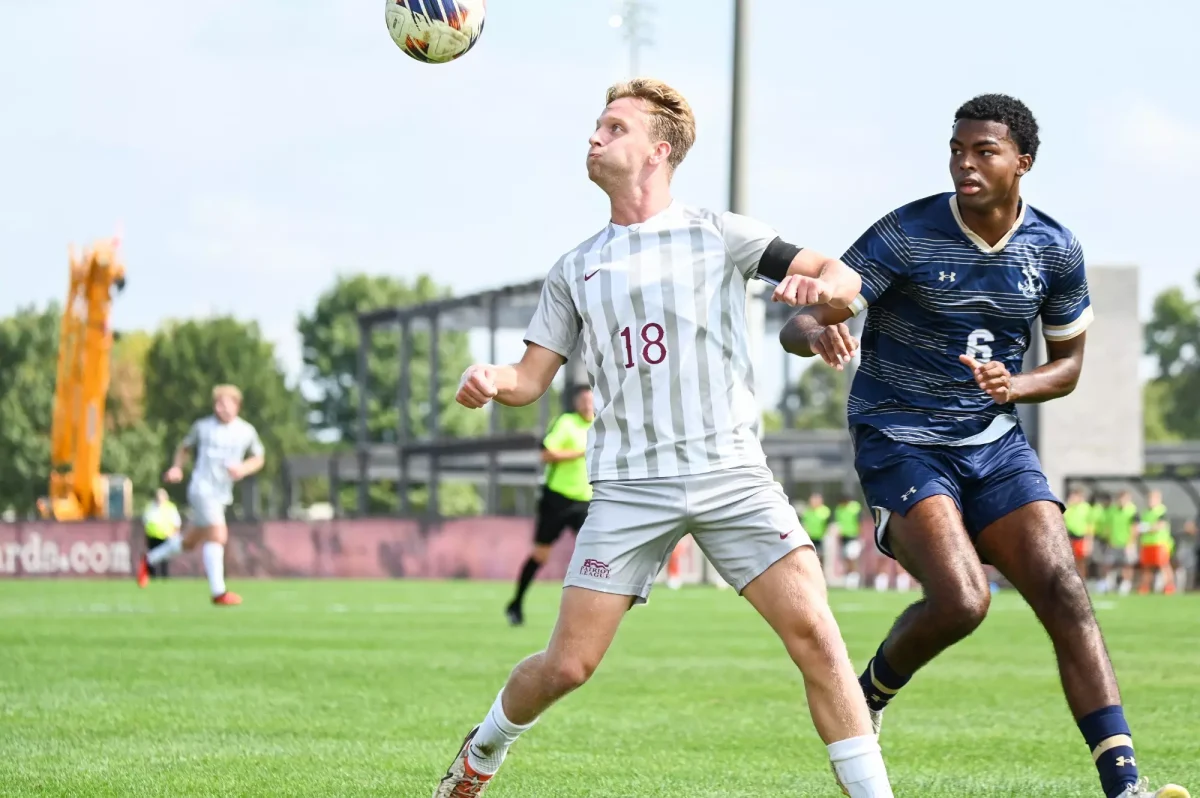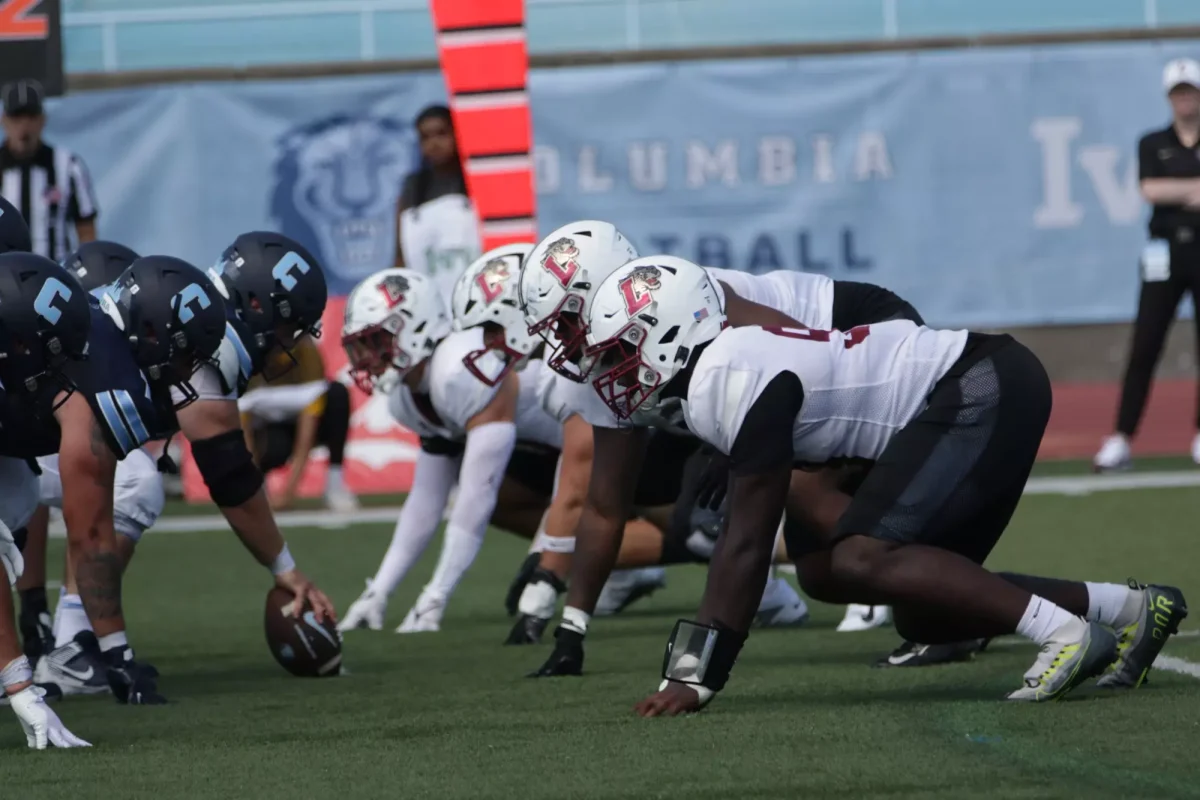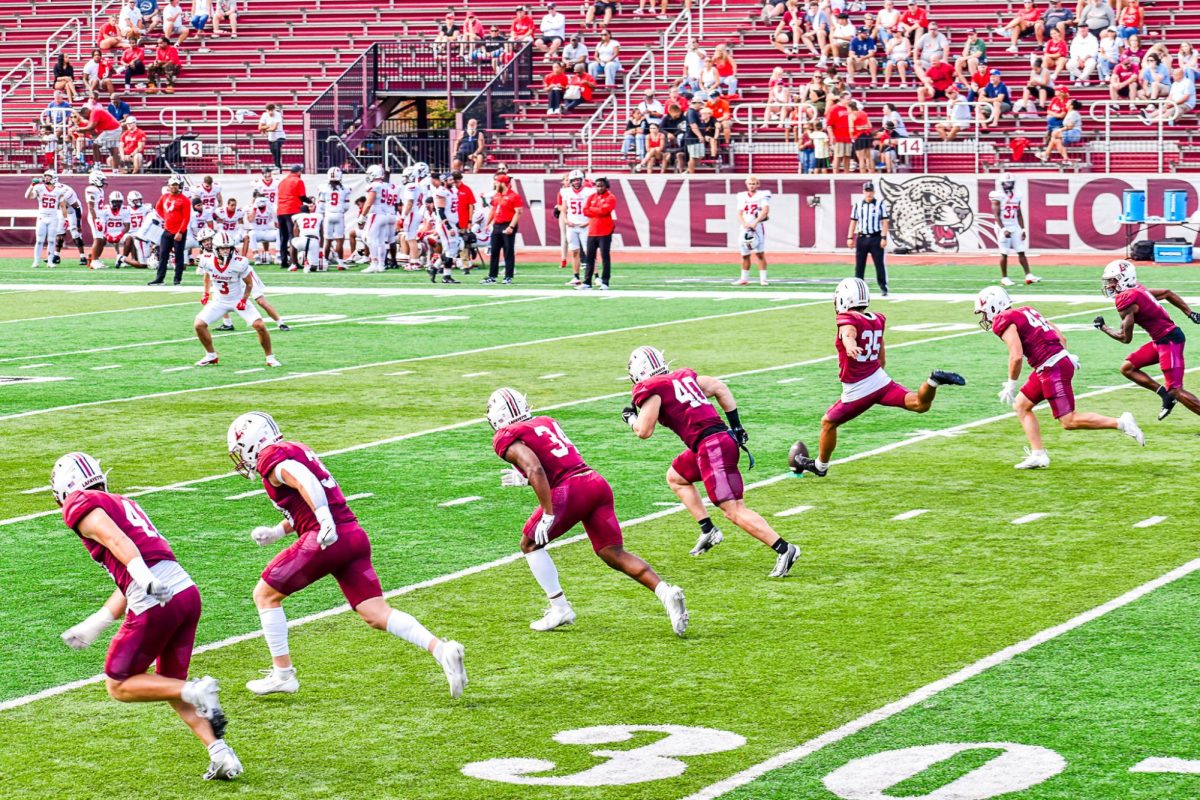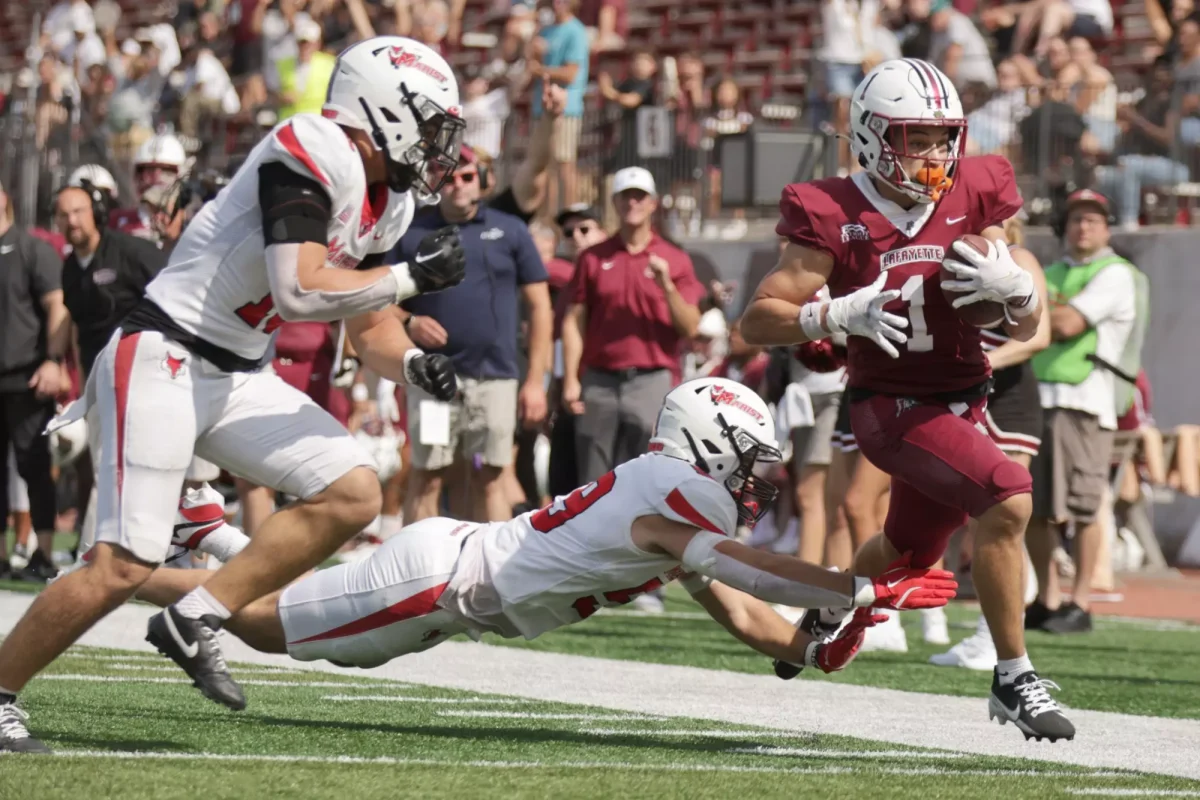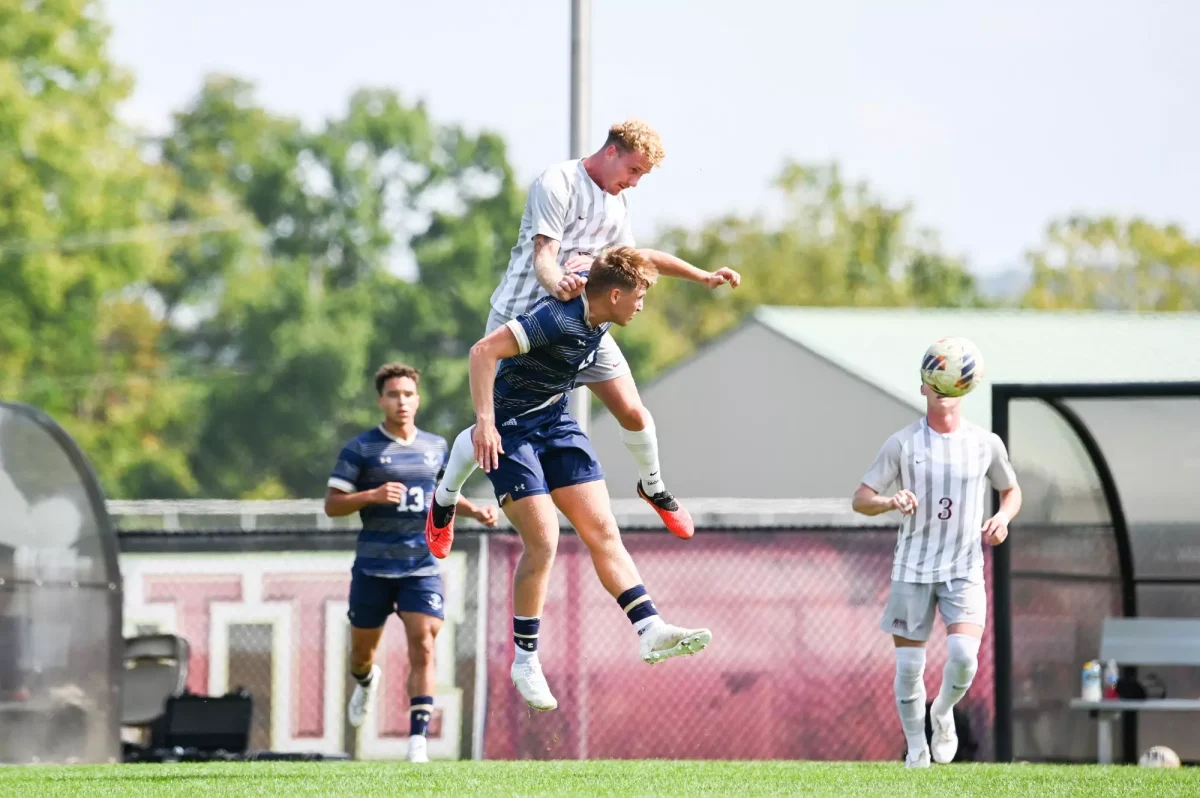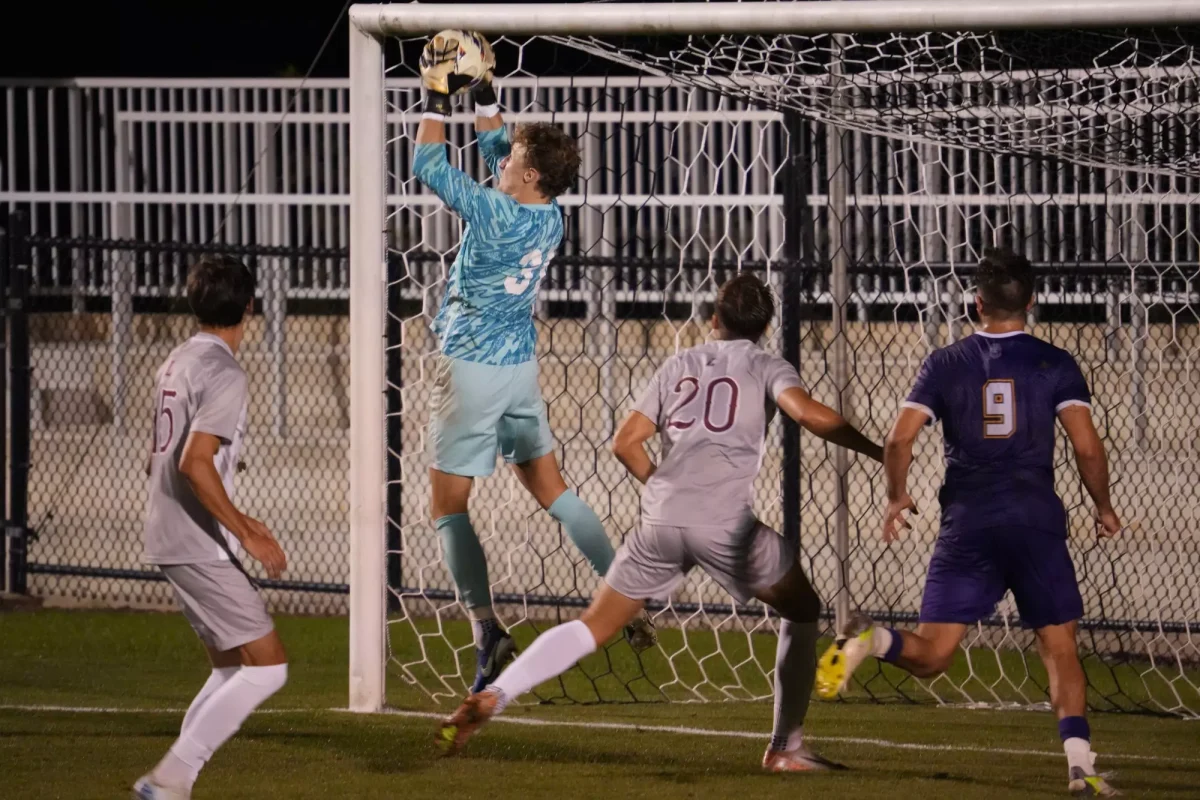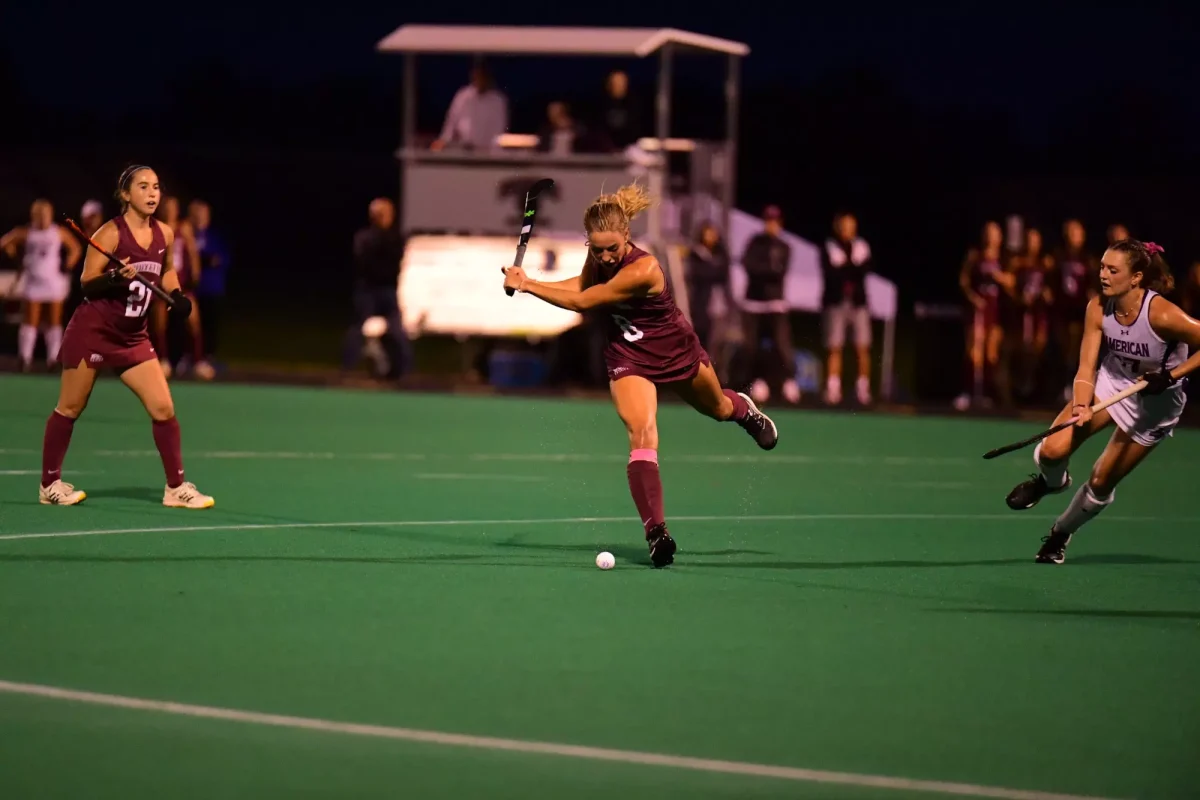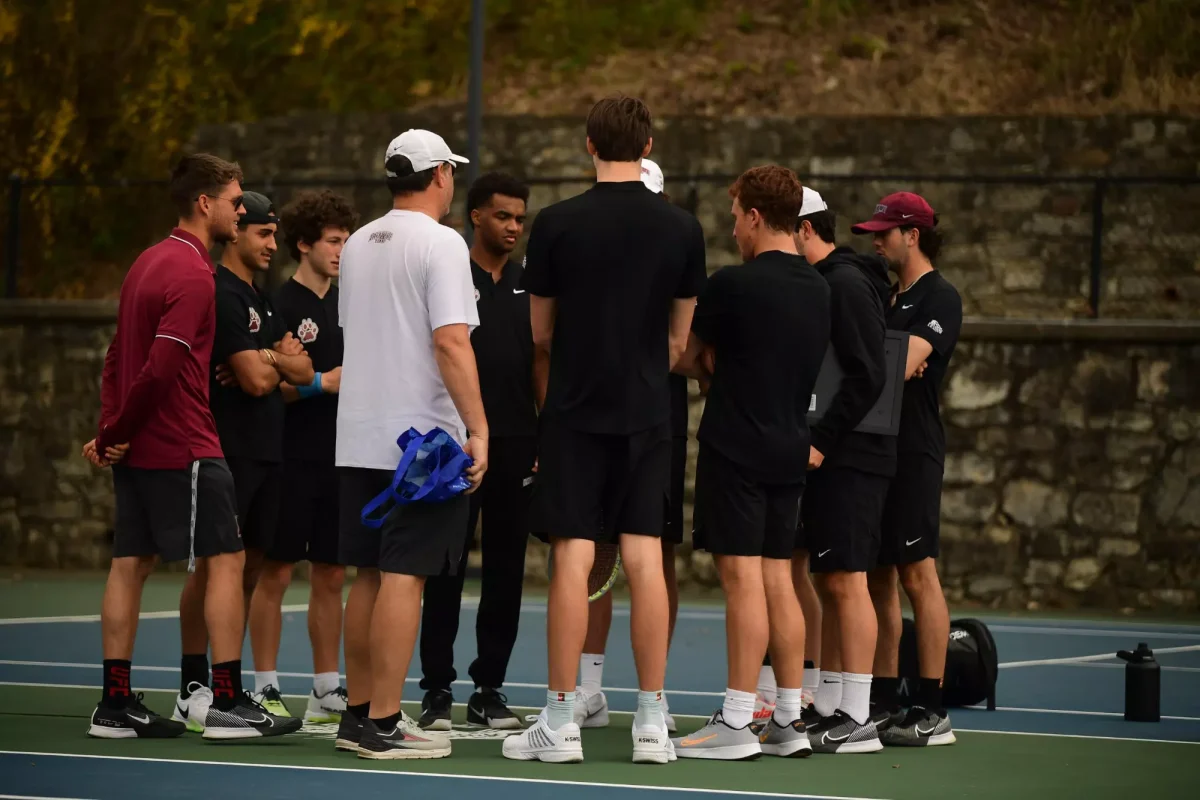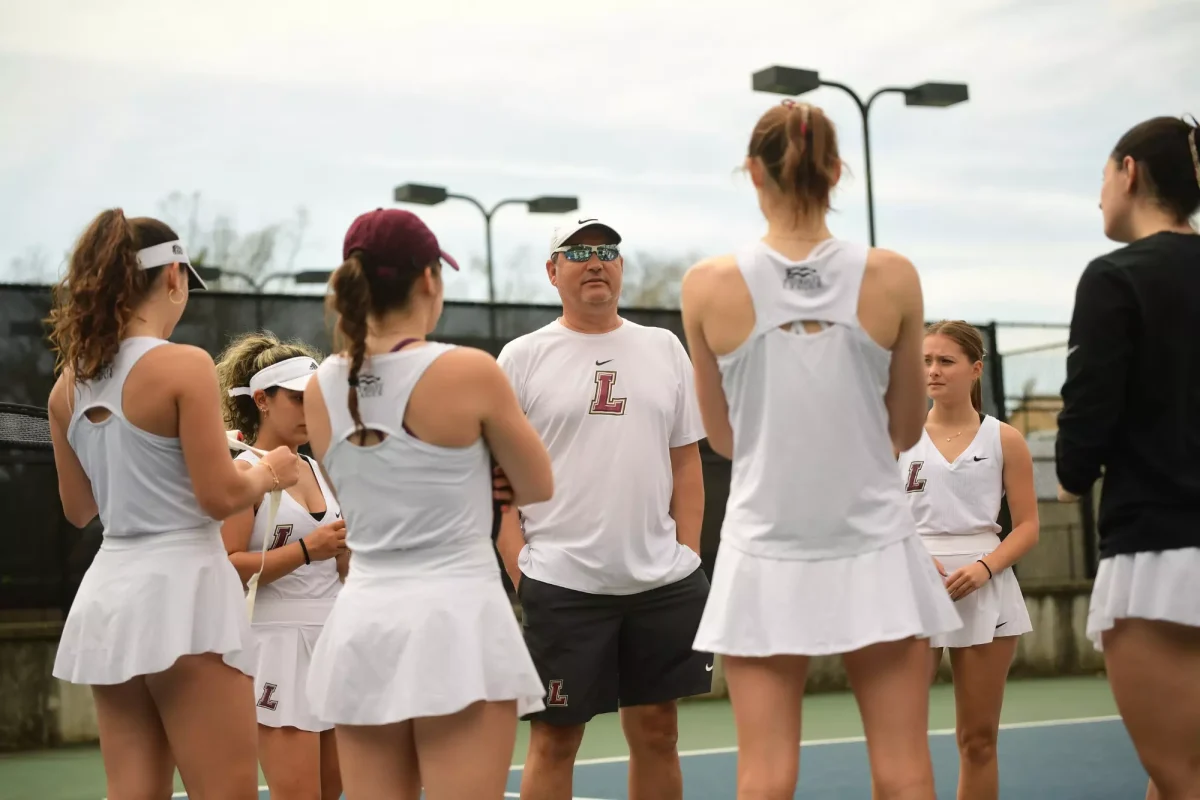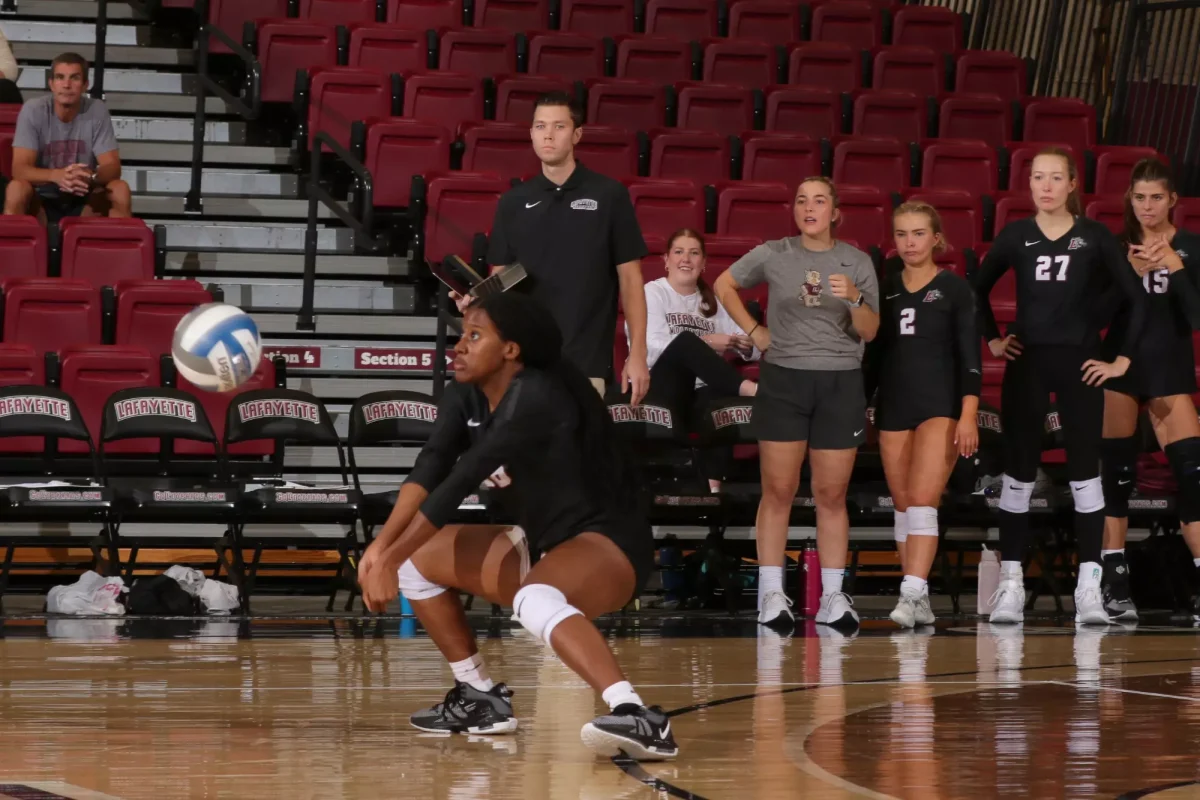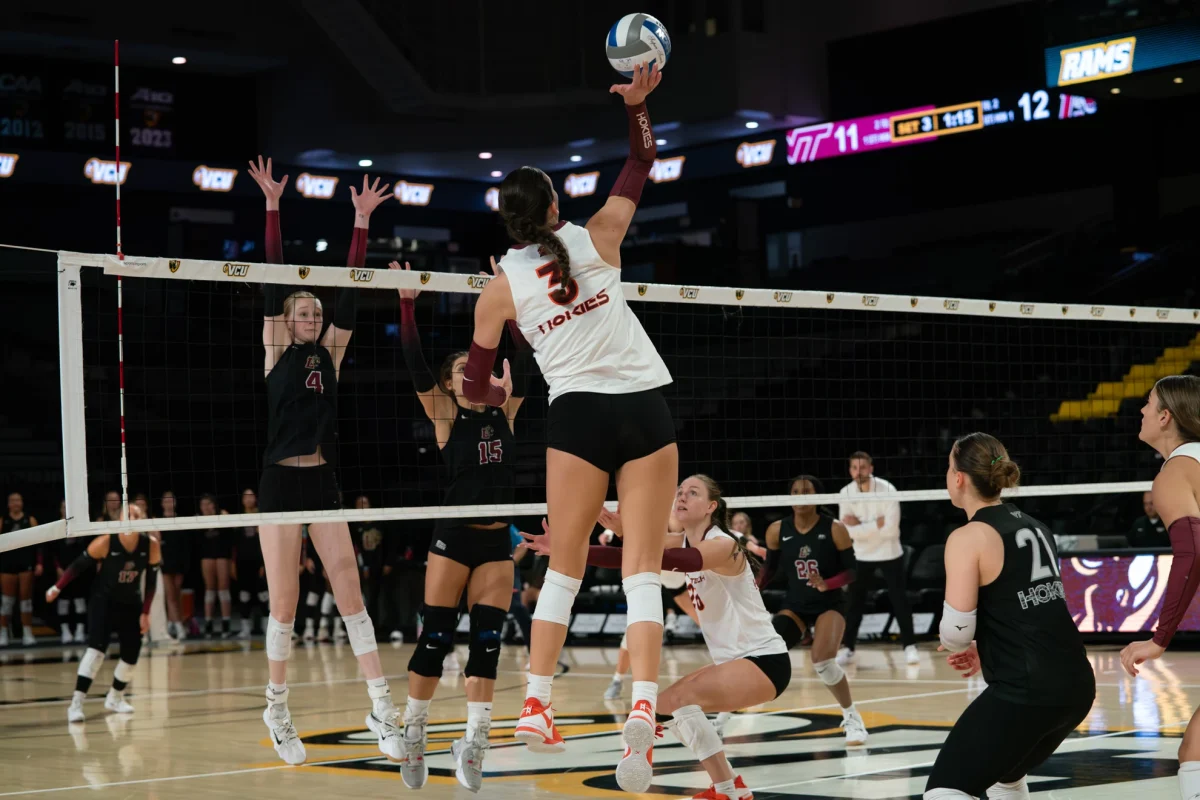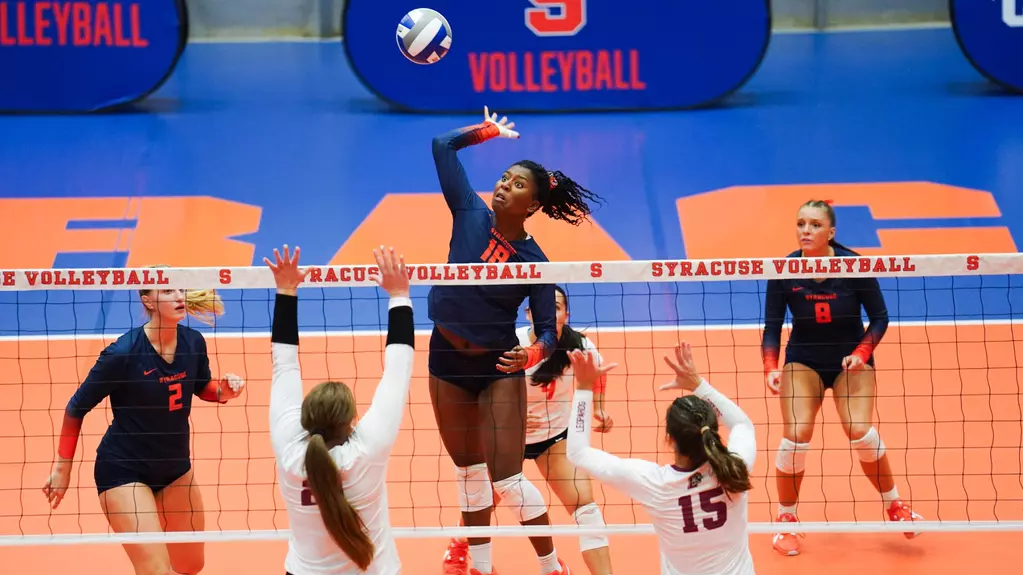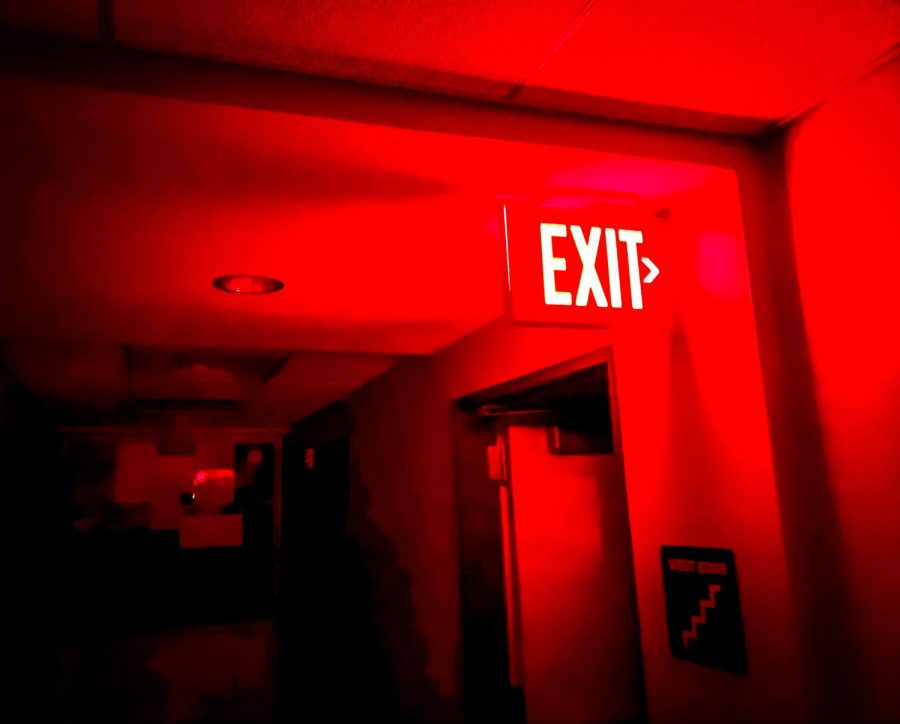Lafayette College was without power for nearly three hours on Tuesday night after a fallen tree damaged a power line. The western half of campus – including Alpha Phi, Chi Phi, Pi Phi, Delta Upsilon, Conway House and Lavender Lane – remained without electricity until early Thursday morning, however, forcing many students to lead their lives in the dark for 31 hours.
Initially, students were amused by the chaos of the situation. Lawrence Narotsky ‘23 was working on his thesis in the library when the power went out.
“They made an announcement: the whole campus lost power,” Narotsky said. “Everyone started laughing.”
However, as people realized the severity of the situation, the mood quickly soured and students began to panic.
“We didn’t really know what was going on,” Eli Halsey ‘24 said. “But you could feel everything shut off … and just kind of an initial panic.”
One problem experienced by people during the blackout, and for the six dorms affected until Thursday morning, was intense heat due to the lack of air conditioning and operational fans. Rebecca Jackson ‘23 lives in the Alpha Phi house and said that functioning in such a hot and humid environment was near impossible.
“We don’t live in a room with AC and now we don’t have any access to our fans, so it’s just been miserable,” Jackson said. “It’s just impossible to fall asleep because it is so humid and groggy.”
Due to electrical outlets not working, many students that were out of power for longer periods of time were unable to charge their devices and adequately prepare for classes. Students resorted to charging in their cars and in various academic buildings.
“I’ve used my car, which I know is not something that every student has access to,” Alpha Phi resident Ella Teitsch ‘23 said.
Food was also an area of concern once the electricity went out. Students who keep food in their dorms had to deal with the stress of keeping it fresh.
“I know a lot of our residents cook their own food. So we’re handling a lot of food spoilage and dealing with the aftermath of that,” K Massi ‘23, who lives in Lavender Lane, said.
Even people who ate in dining halls had difficulty accessing food.
“I was just meeting up with friends and just trying to get food, which I could not do because everywhere, [dining halls were] shut down,” Conway resident Vedit Venkatesh ‘26 said.
For the dorms that did not have power for over 30 hours, Facilities Operations distributed flashlights and installed generators that were supposed to power the emergency lights. However, for at least two of the residence halls, these generators did not work and the dorms remained dark.
“I understand that the school has no control over power outages and that these six buildings are powered by an outside company … I just think that the response has been less than helpful,” Teitsch said. “About an hour or two after the power went out, our emergency lights went out. And I immediately called PSafe. They didn’t seem to really take me seriously.”
Matthew Chovanes, the assistant director of Facilities Operations wrote in an email that the Facilities employees’ “hands were largely tied.”
“The electrical infrastructure of those buildings makes running them off generators unsafe or impossible,” Chovanes wrote.
For a lot of students, the main frustration was not showering in the dark or spotty Wi-Fi, but instead the lack of transparent communication from the power company and the college.
The cause for the disparity of power restoration on campus was a point of confusion. Halsey lives in the Delta Upsilon house, and said that people just want to understand what happened.
“I don’t really understand why we don’t have power. I’ve heard that we are on a different power grid. I’ve heard a bunch of different things. I don’t know what’s true,” Halsey said. “At this point, I just feel like there’s such a swift response to getting everything else back and running. I don’t know why they can’t just get these six houses.”
Chovanes wrote that the six houses “aren’t on the Lafayette campus electrical loop, but instead are fed directly from the Met-Ed power grid.”
“The original issue was that a high voltage pole along Bushkill Drive was destroyed when a tree fell on it,” Chovanes wrote. “Since the location is near a rock escarpment, a rock drill had to arrive at the scene to drill a hole deep enough to support the new power pole that was required. Once the new pole was installed all of those cables/wires had to be reattached to the new pole. That takes time and coordination.”
Students wished there had been clearer communication with faculty around expectations during a blackout.
“It just felt like we were left stranded all night, and then just expected it to resume as normal in the morning. I understand that a power outage is not the worst thing in the world, but to have literally no light at all was difficult,” Teitsch said. “So to ask us to be students before we’re people … I found it very frustrating.”
Ultimately, students hope that a blackout like this doesn’t affect student life so heavily in the future. Pi Phi resident Charlotte Marshall ’23 made comparisons to last year’s blackout.
“I’m frustrated, especially about the fact that this happened last year,” Marshall said. “And it seems like no measures were taken to possibly fix it if it happened again, especially based on how long it took them to get anything done.”
“I just think this has been [an] example of the communication issues that I think kind of persist at the school and I hope that this prompts some change,” Jackson said.
According to Chovanes, the issues encountered in the power outage are being taken into account for future college development.
“Notes have been taken to evaluate the electrical infrastructure of these buildings as part of the upcoming campus master planning process,” Chovanes wrote.
Trebor Maitin ’24 and Nathan Kornfeind ’23 contributed reporting.
Editor’s note 9/9/2022: The print version of this article stated that a voicemail left for Facilities Operations went unanswered. This article has been updated to reflect that a response was emailed, albeit not in time for publication.



